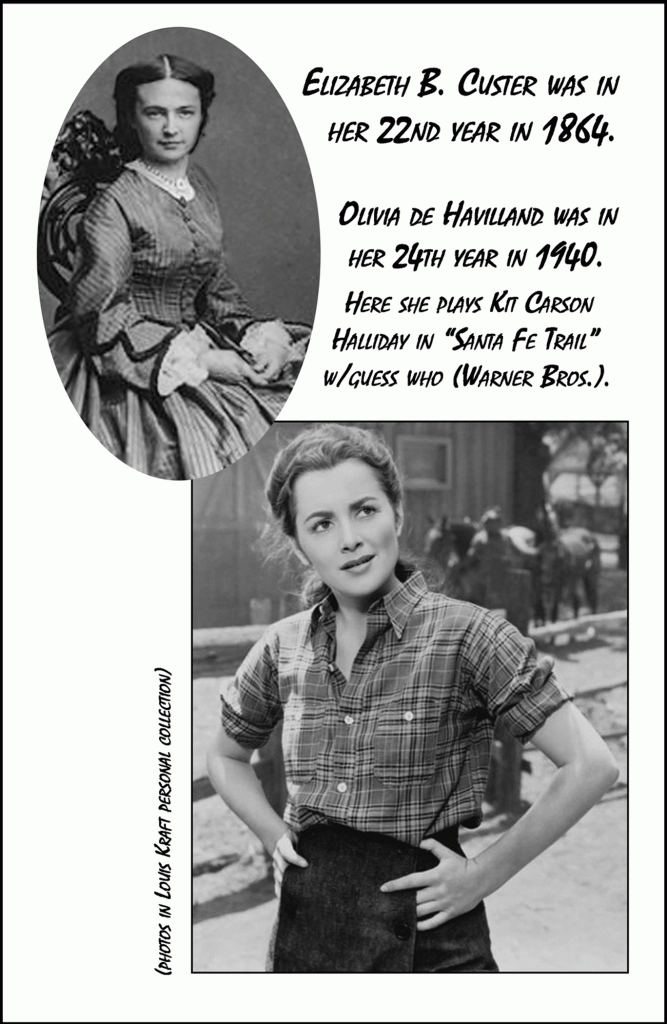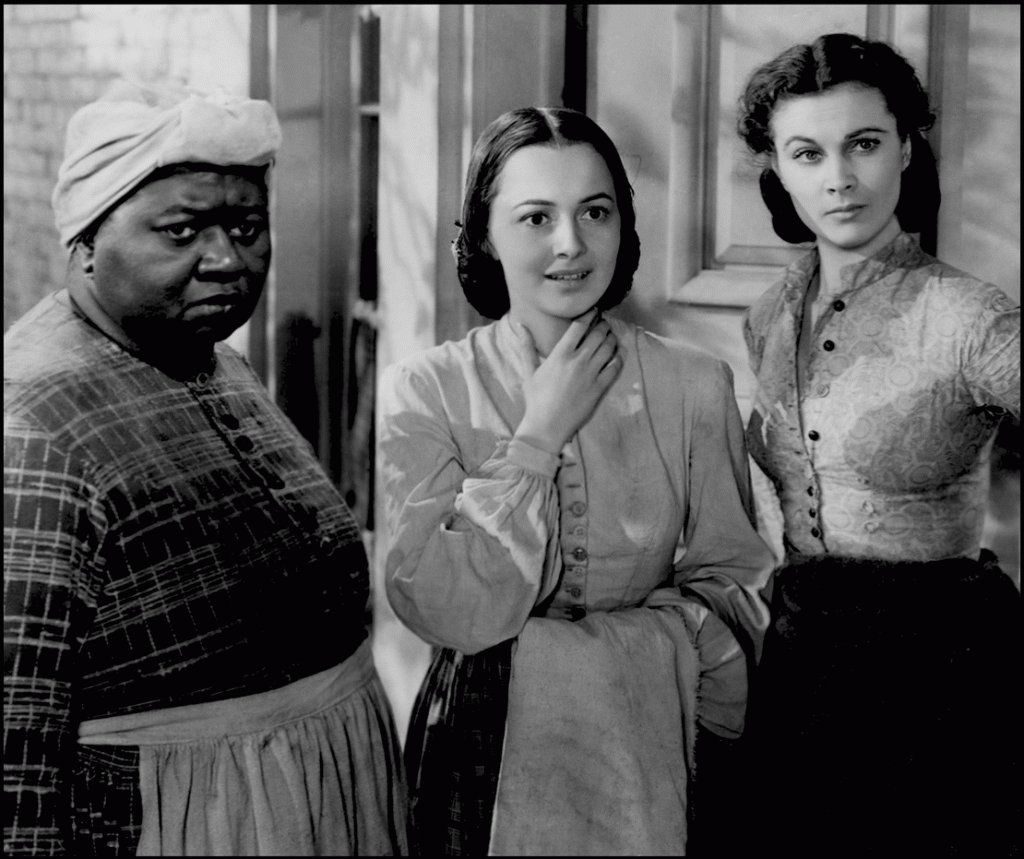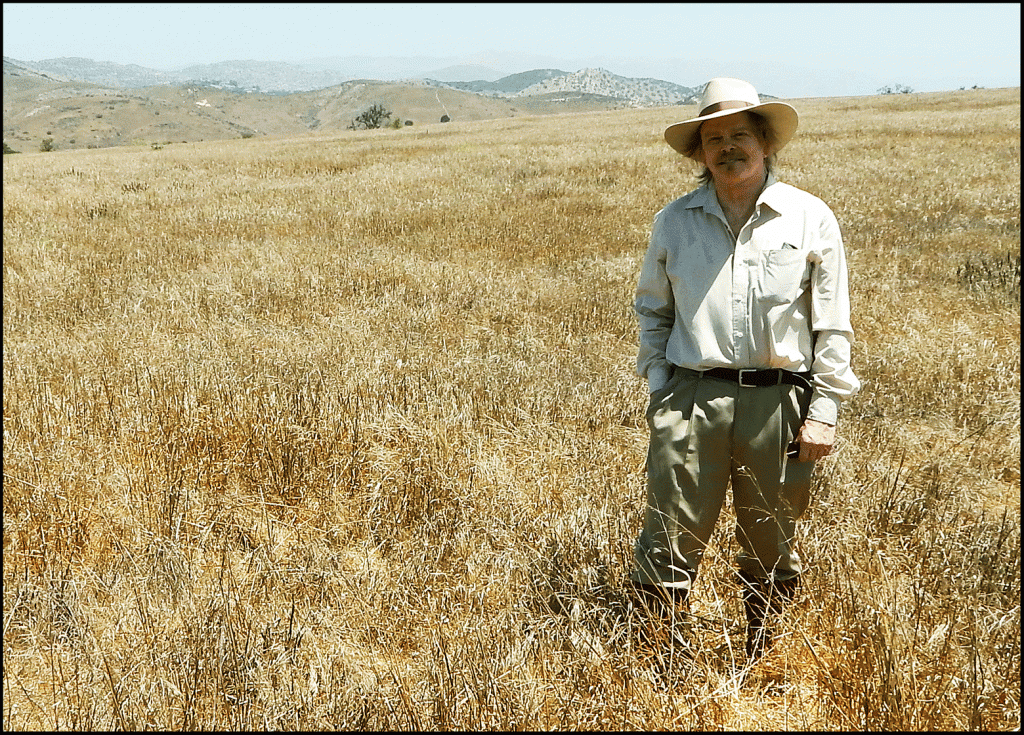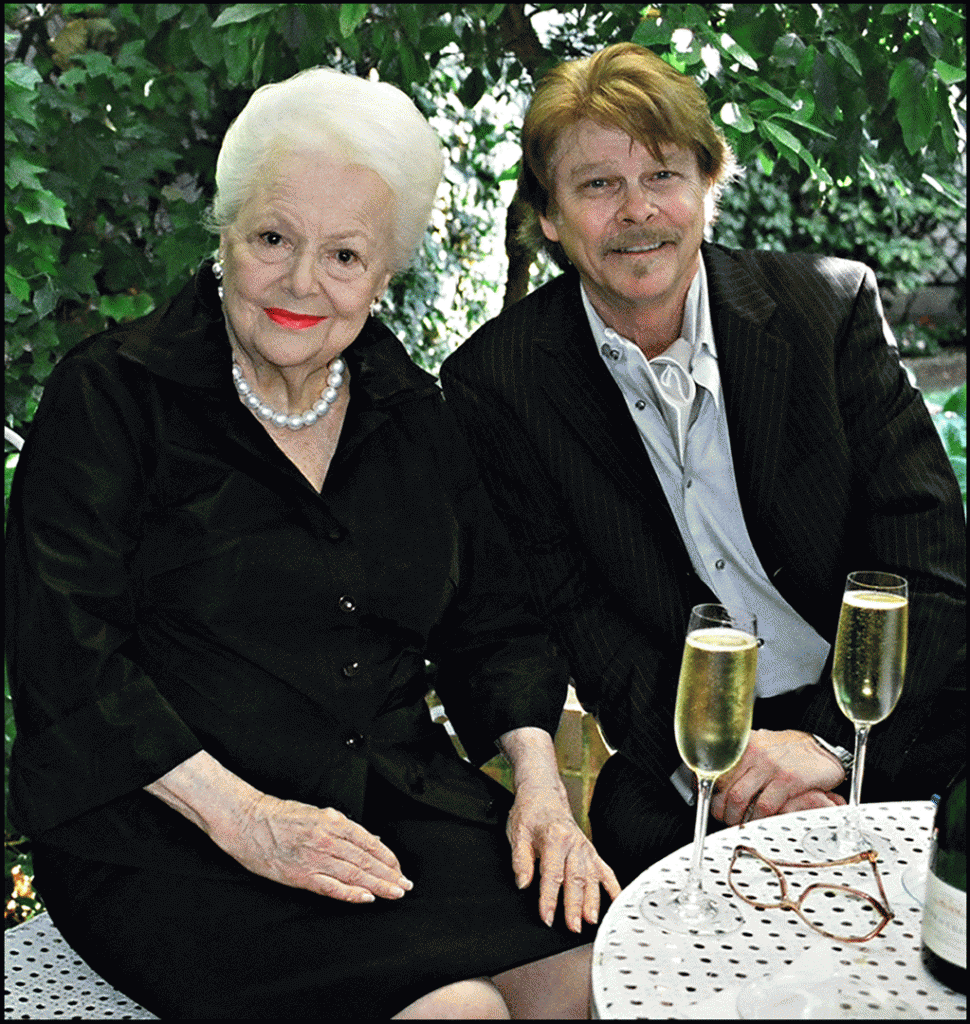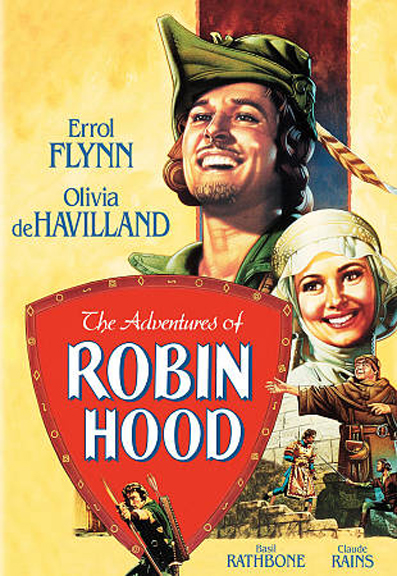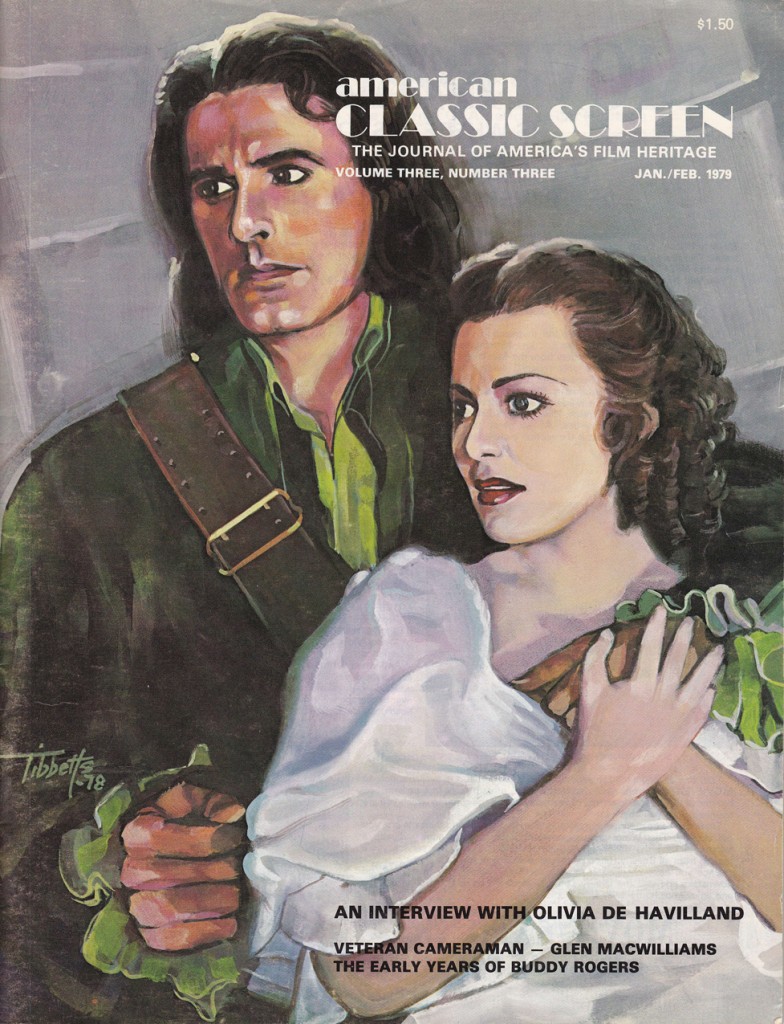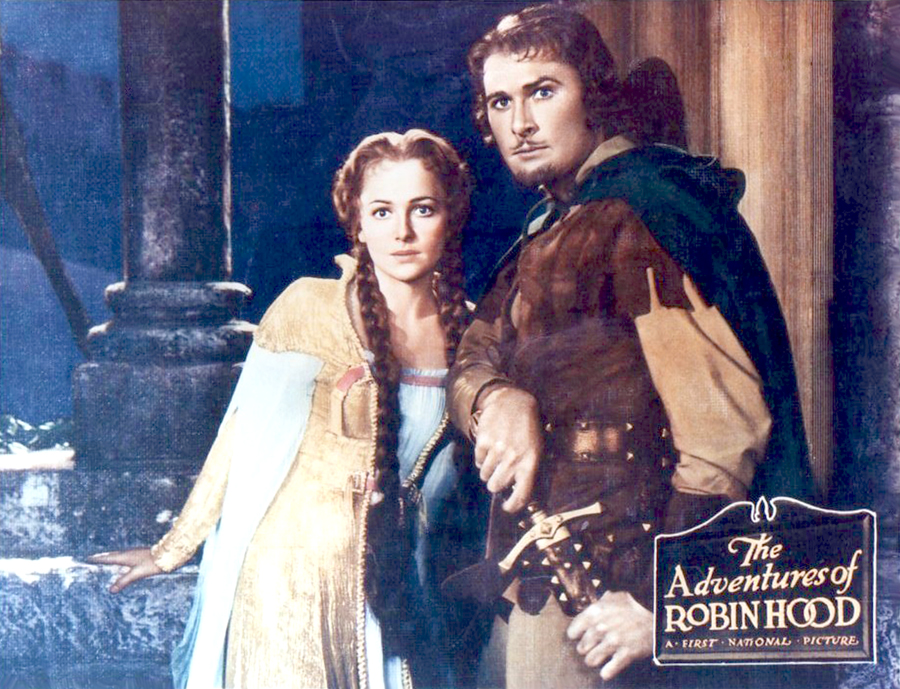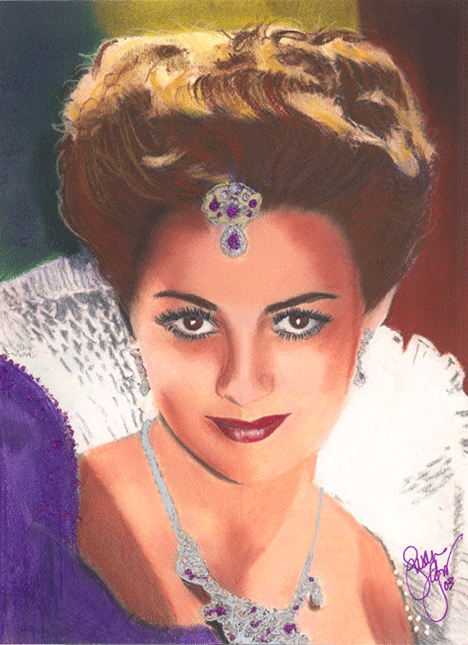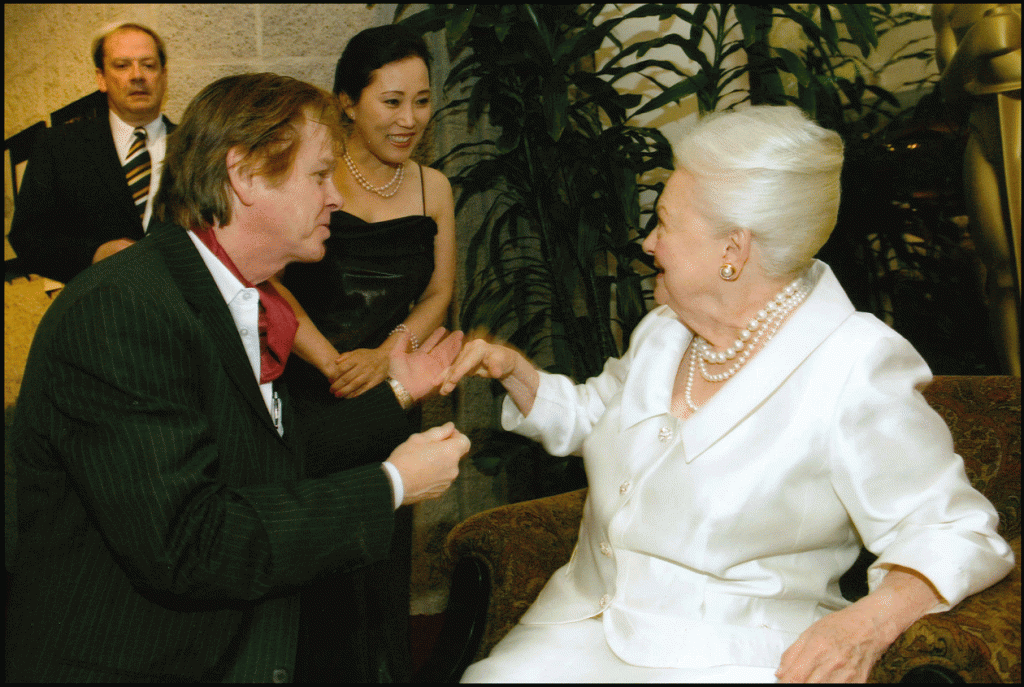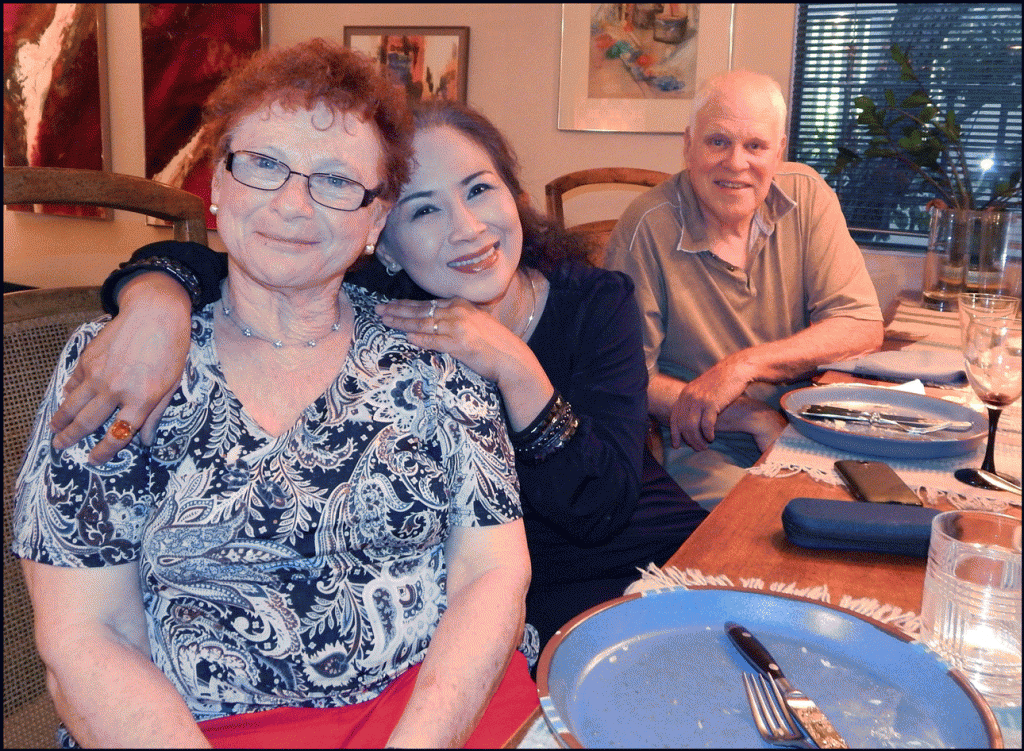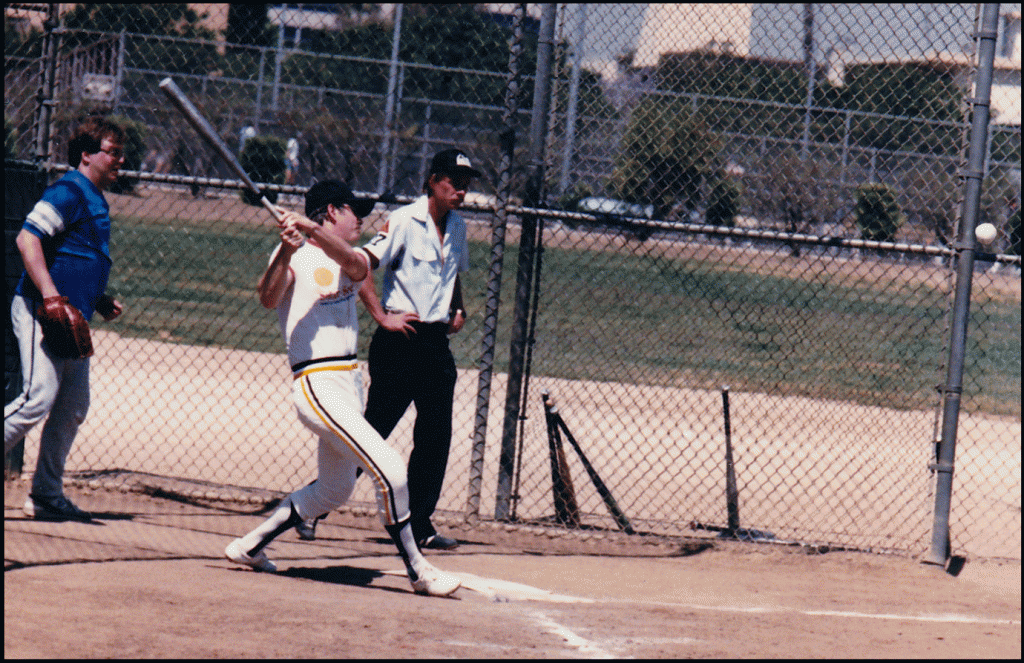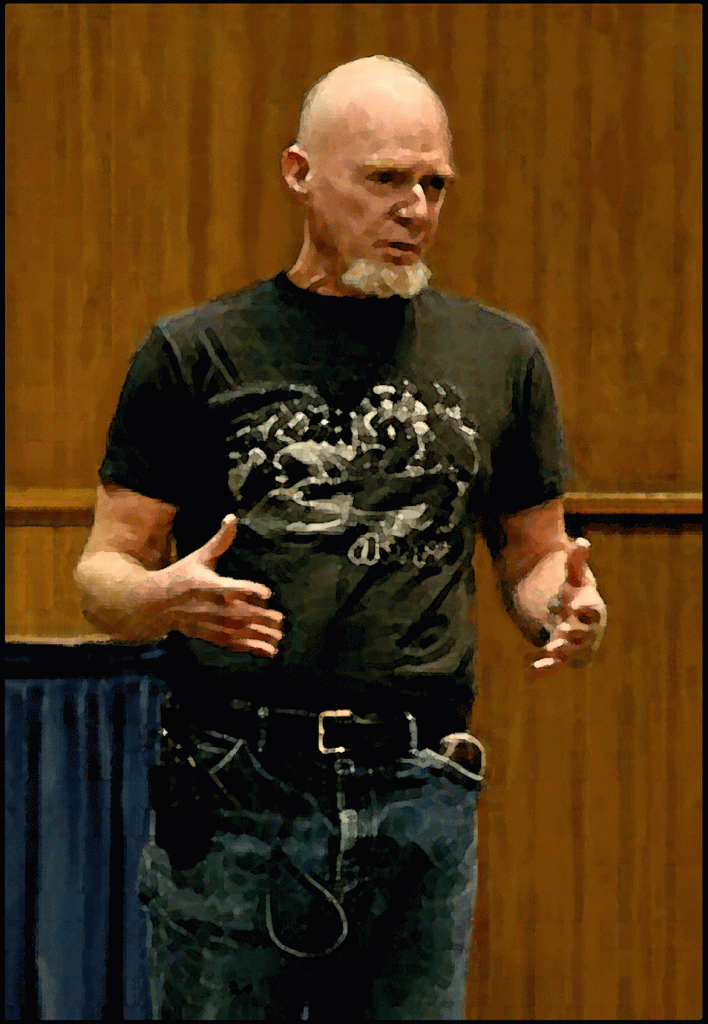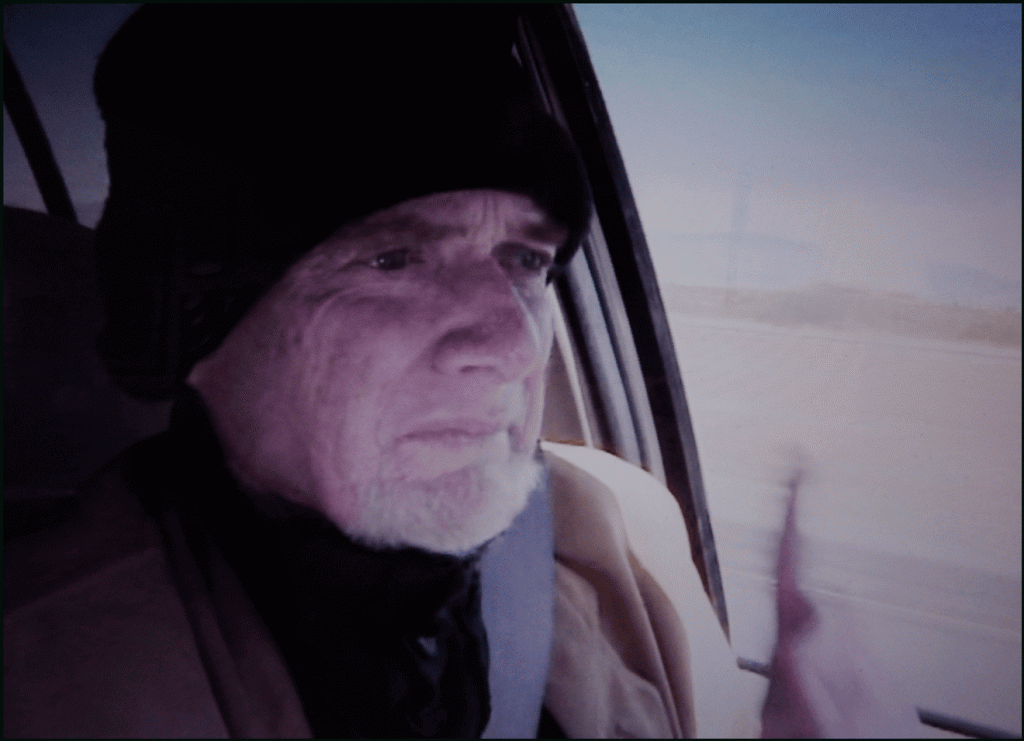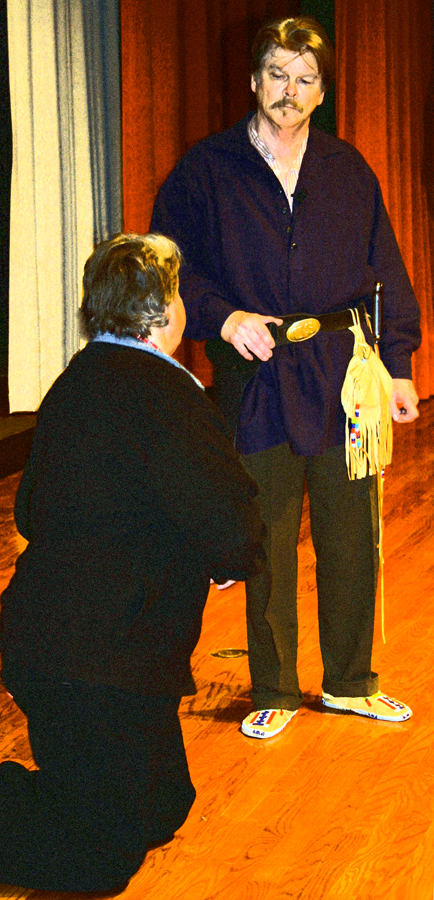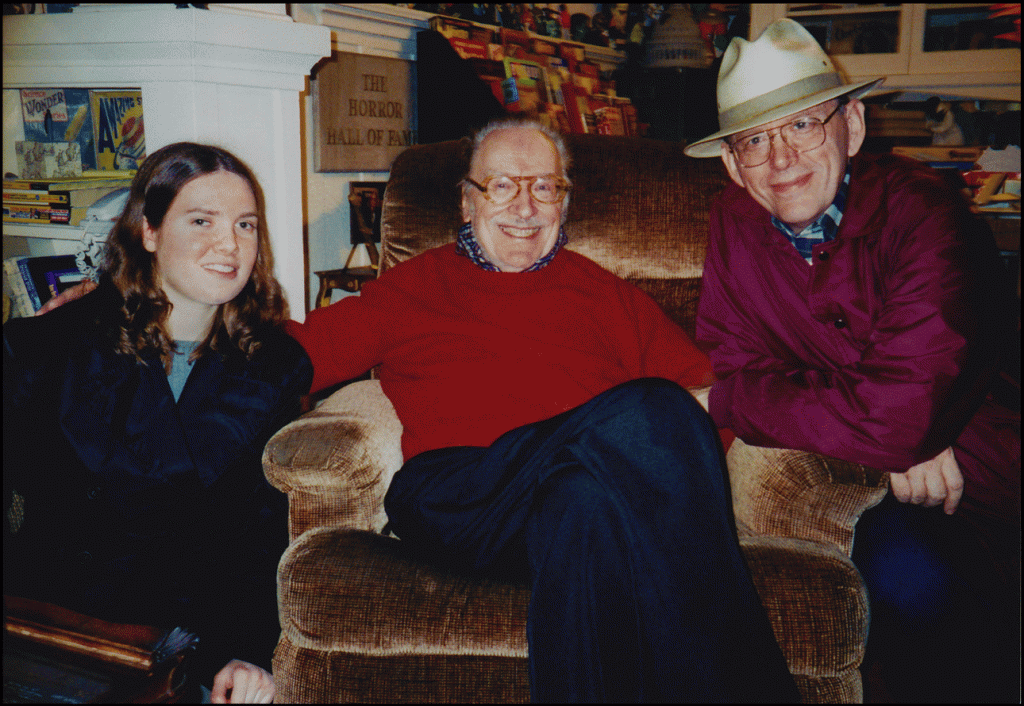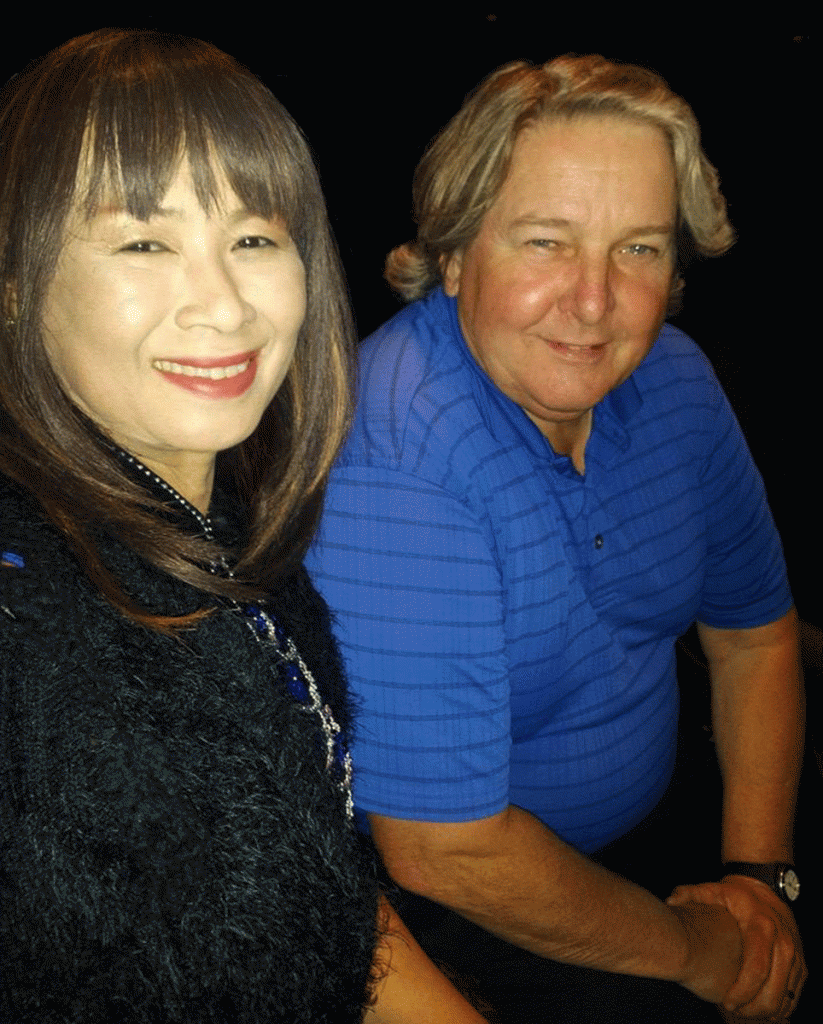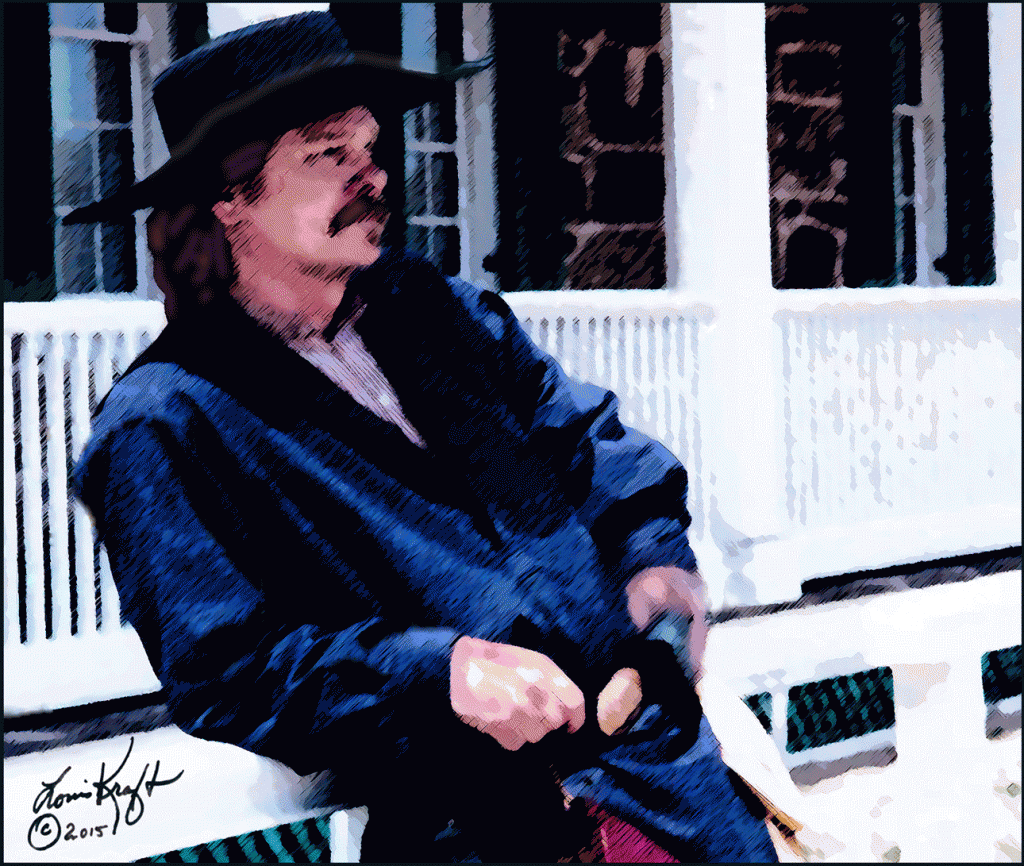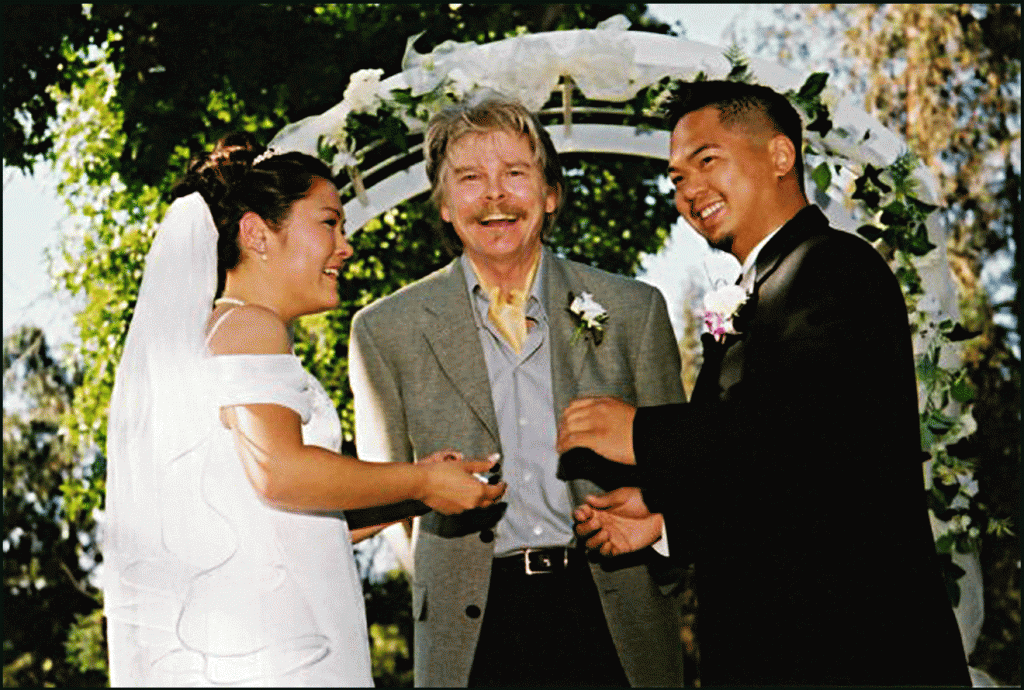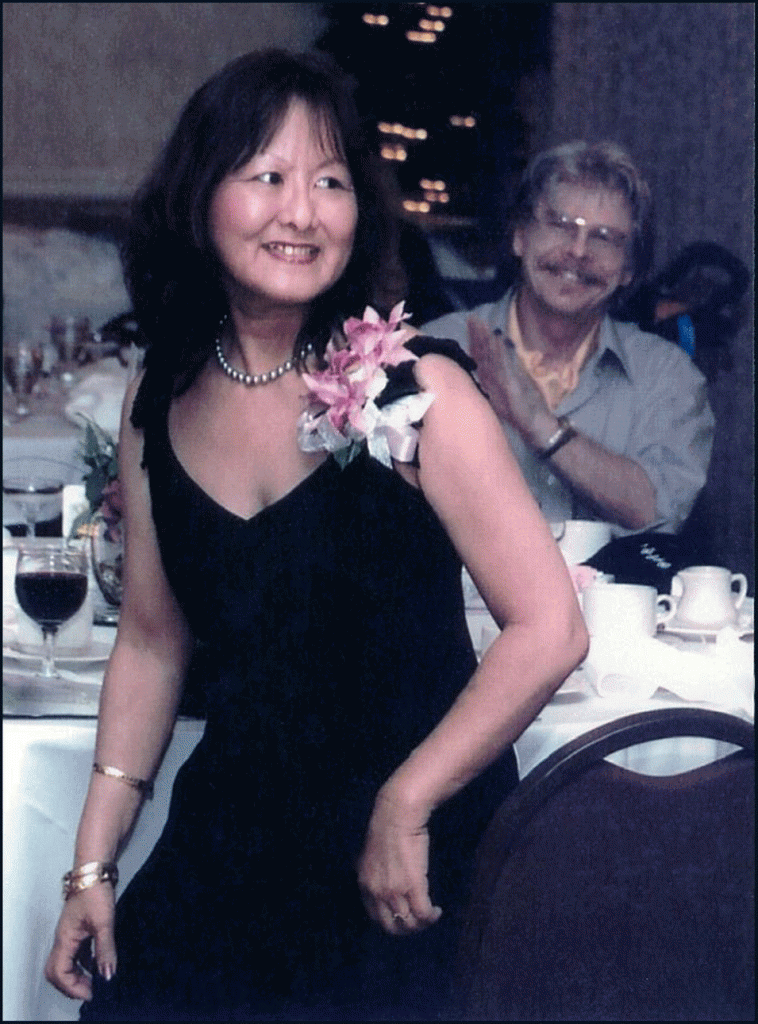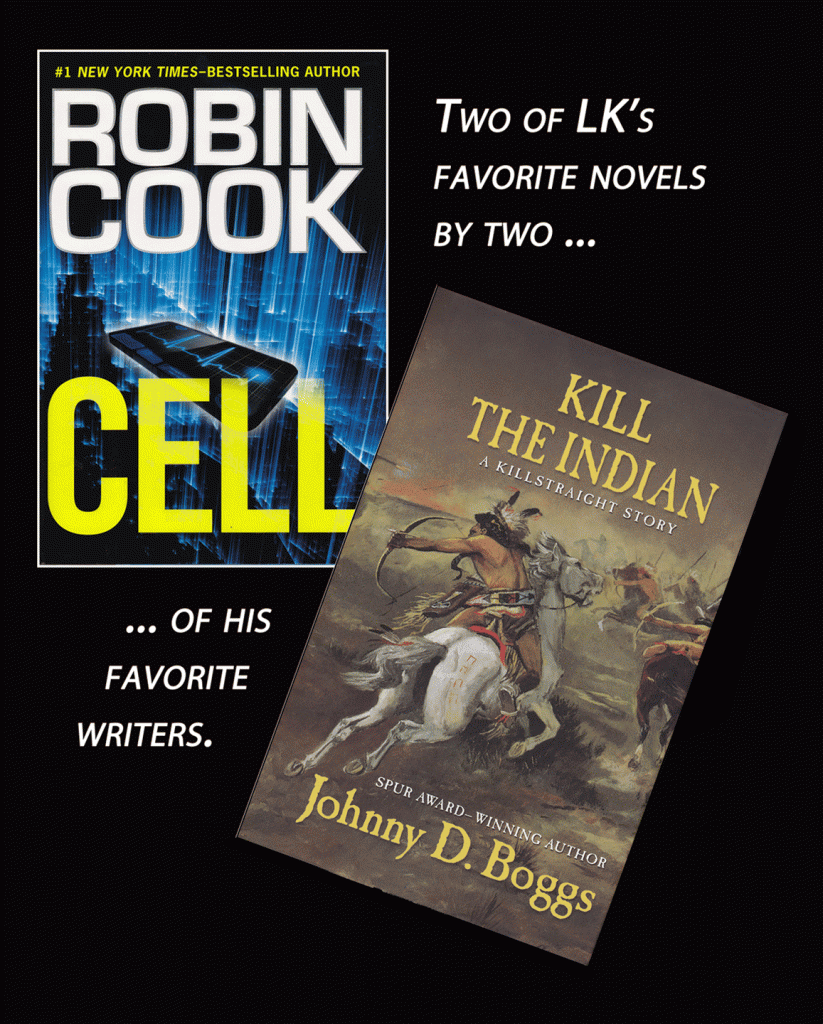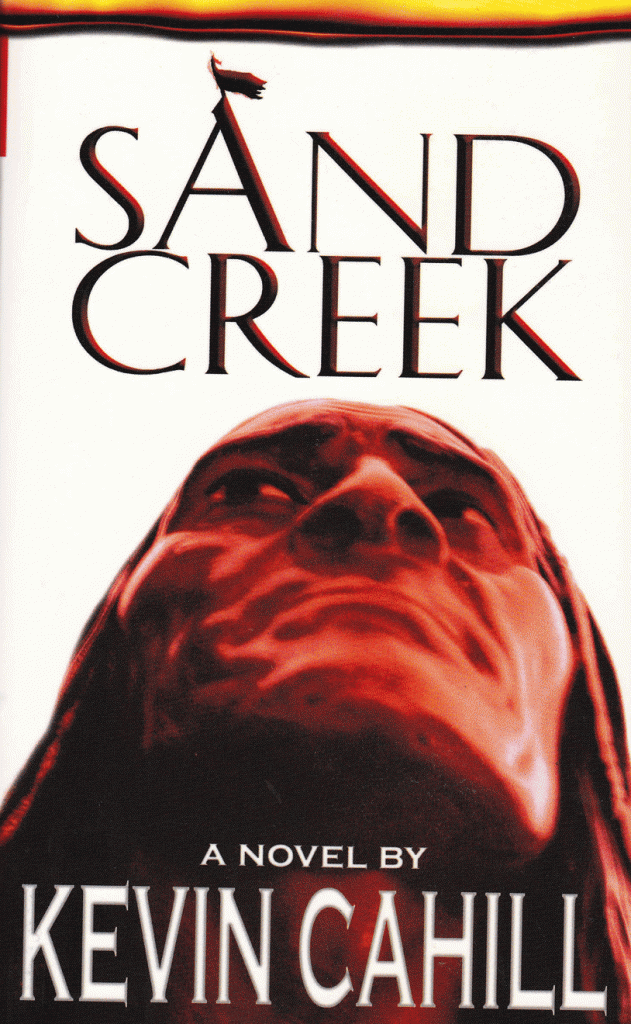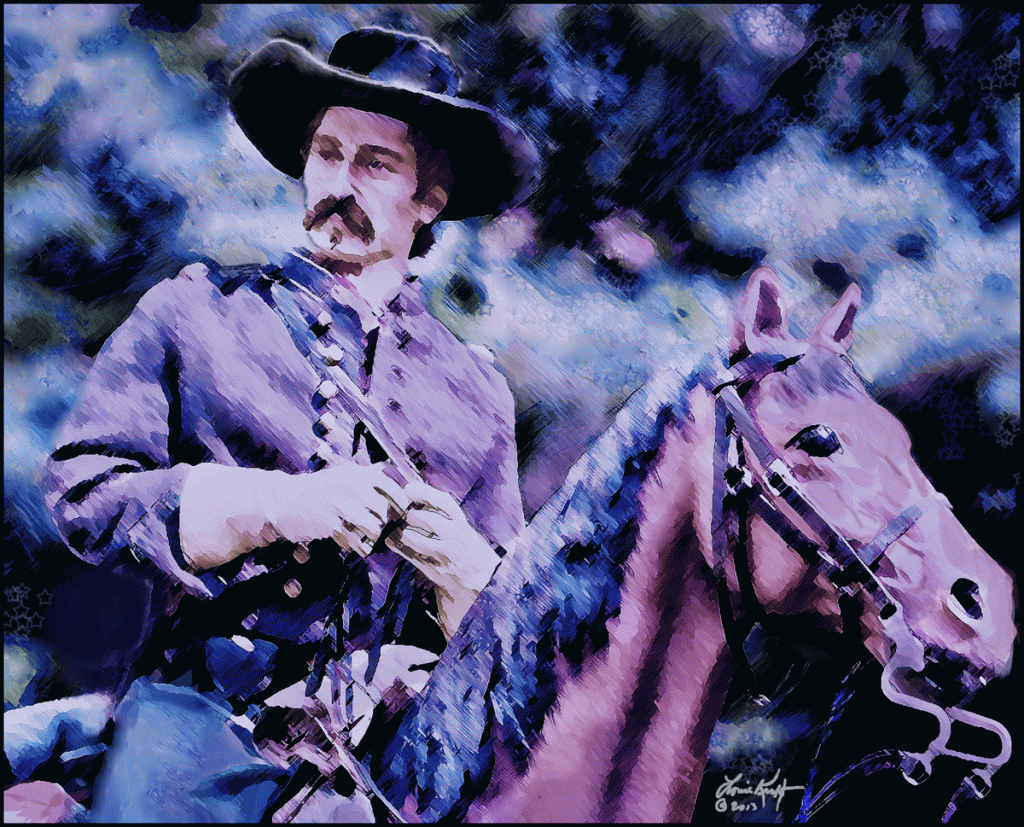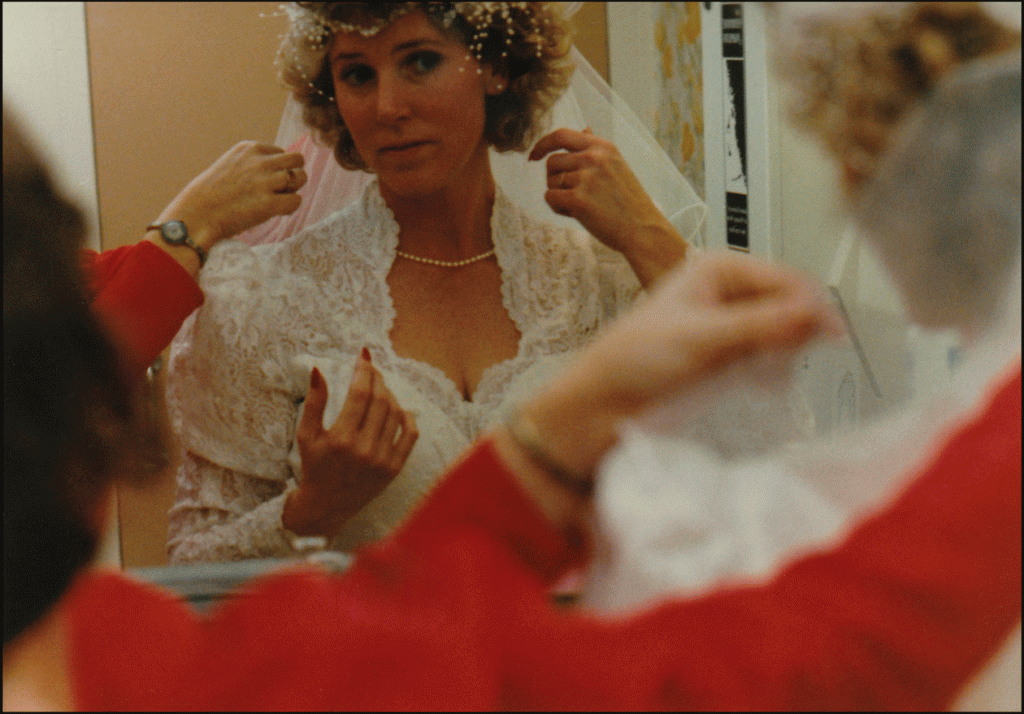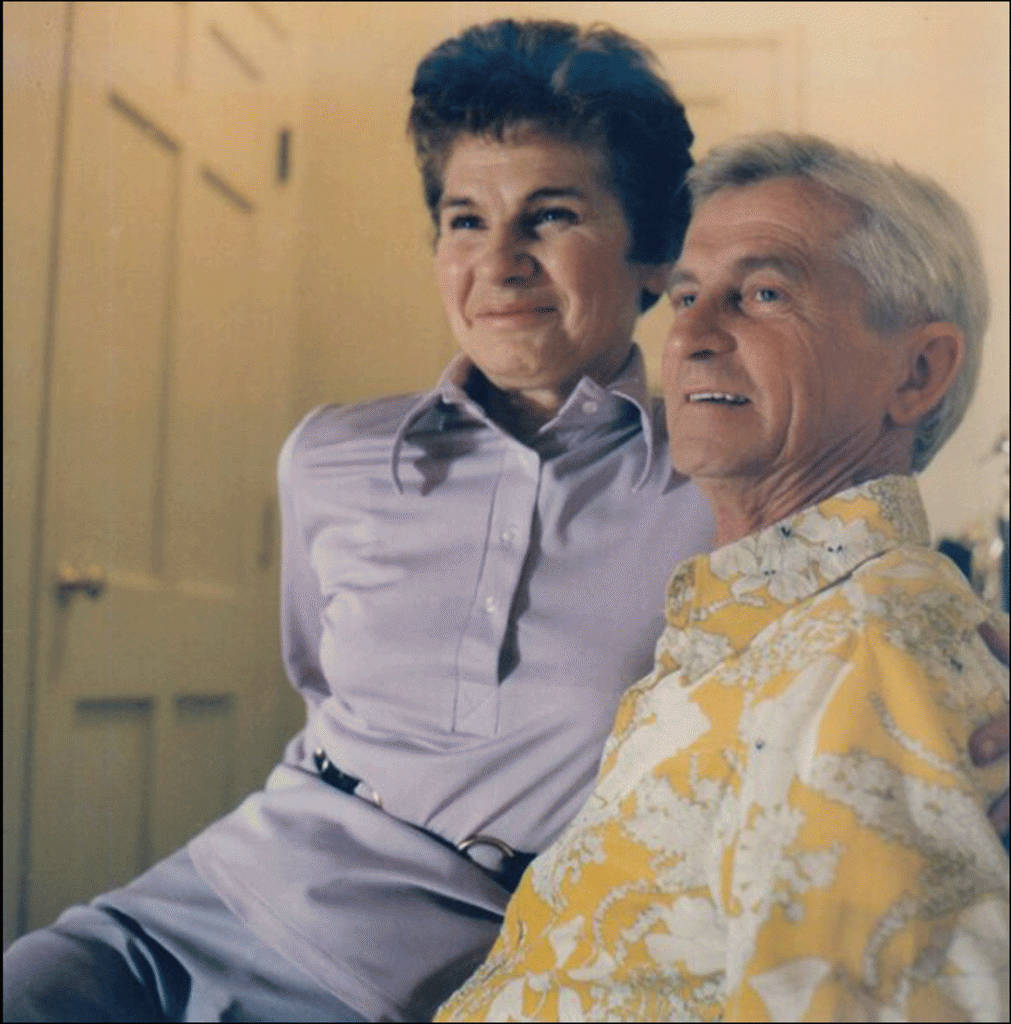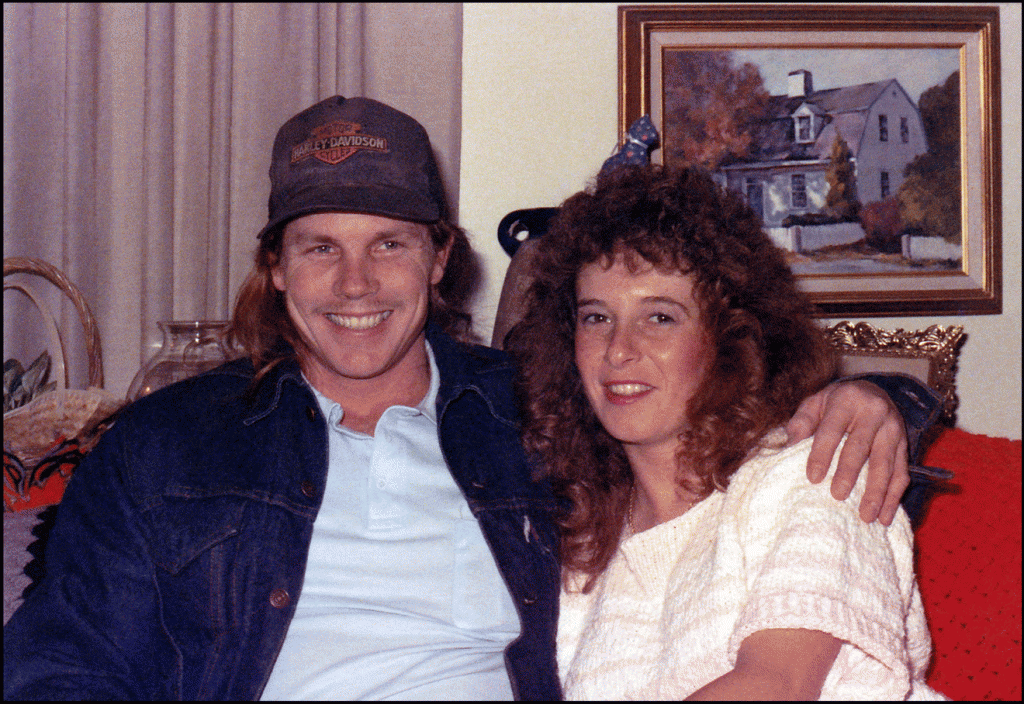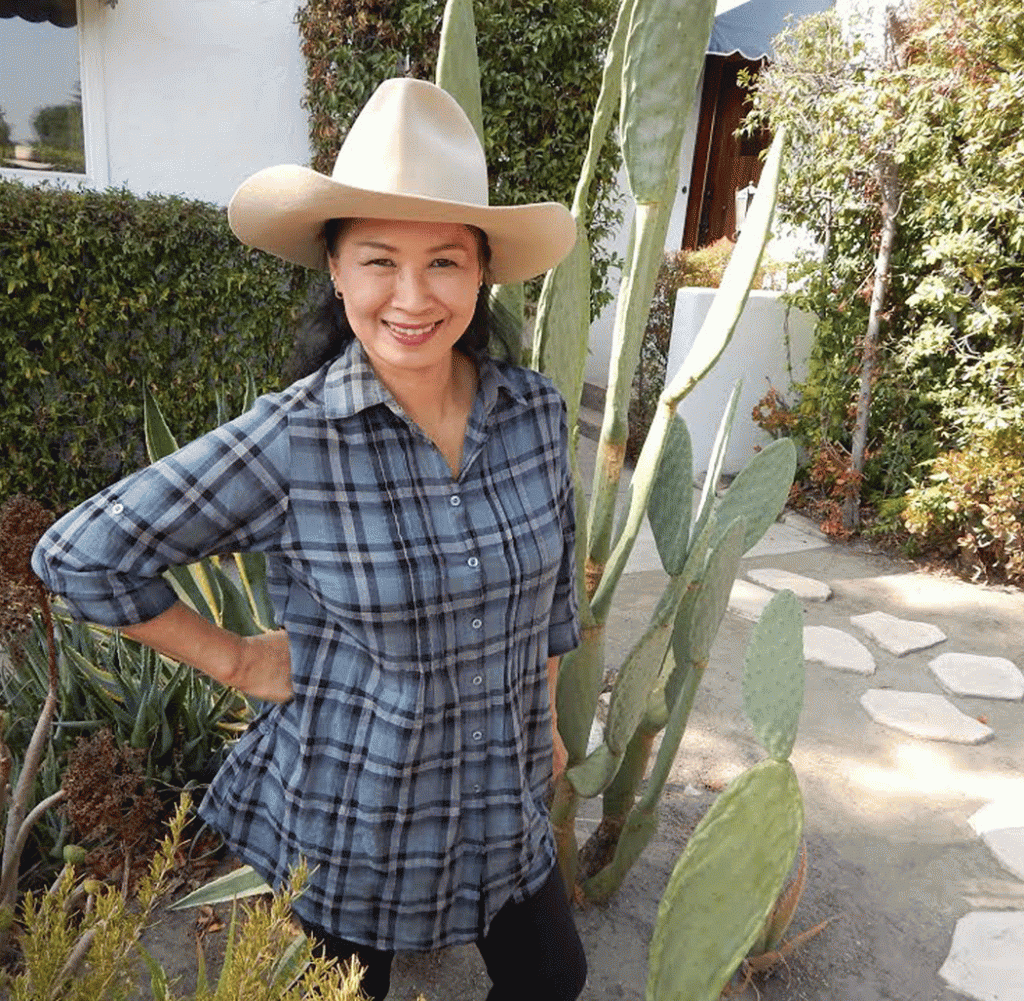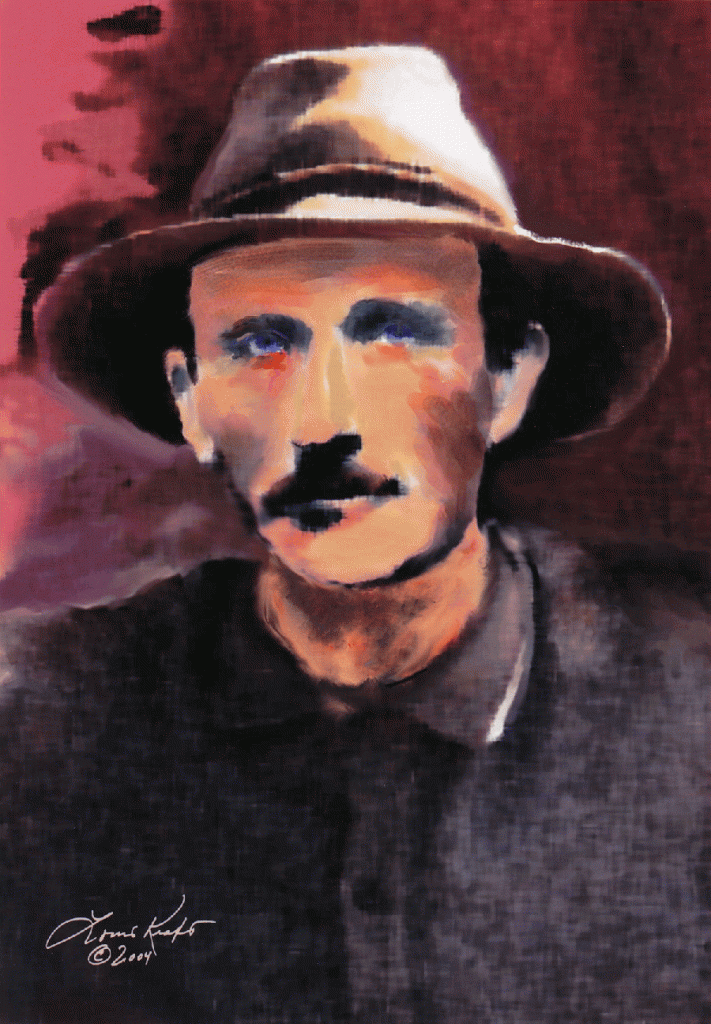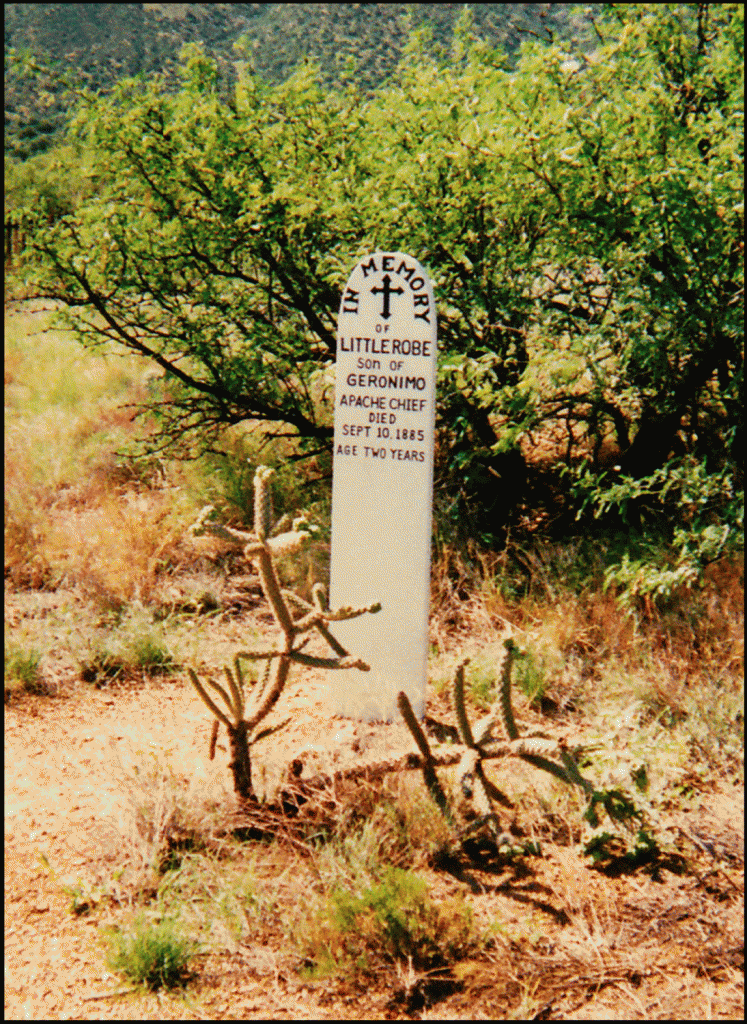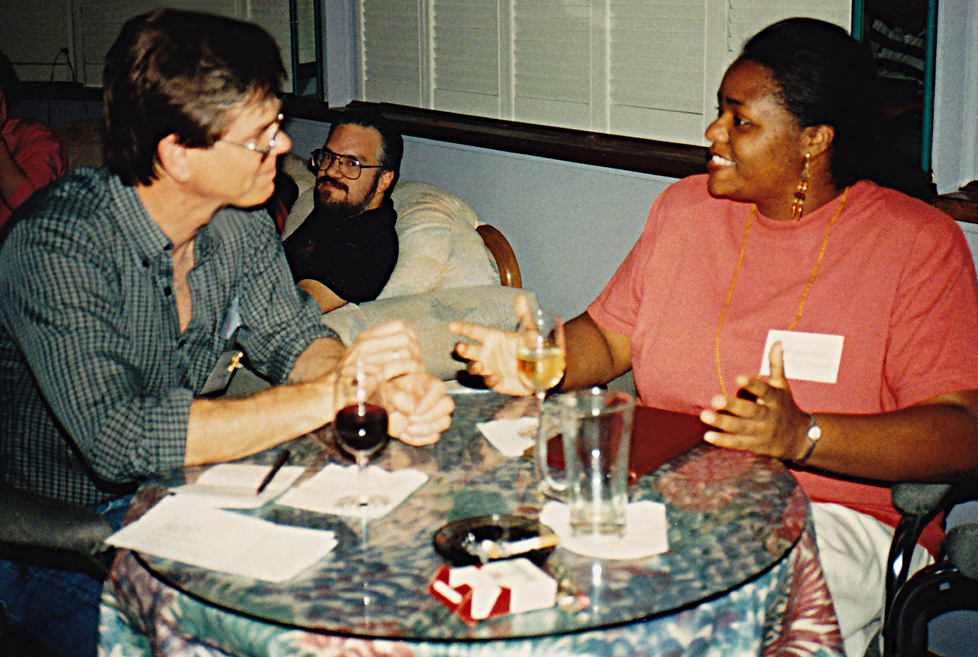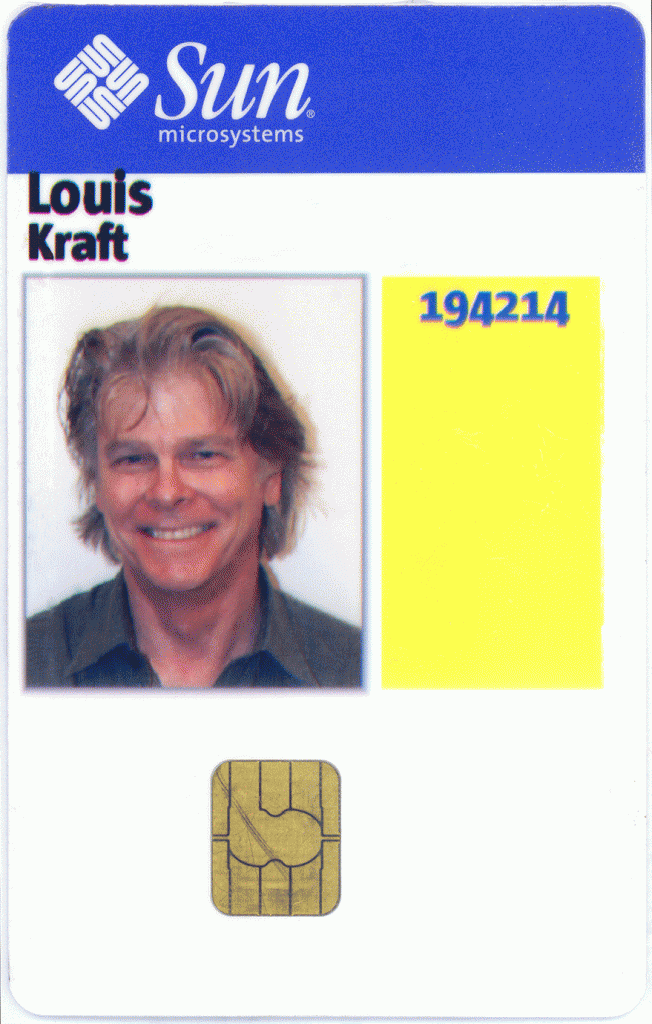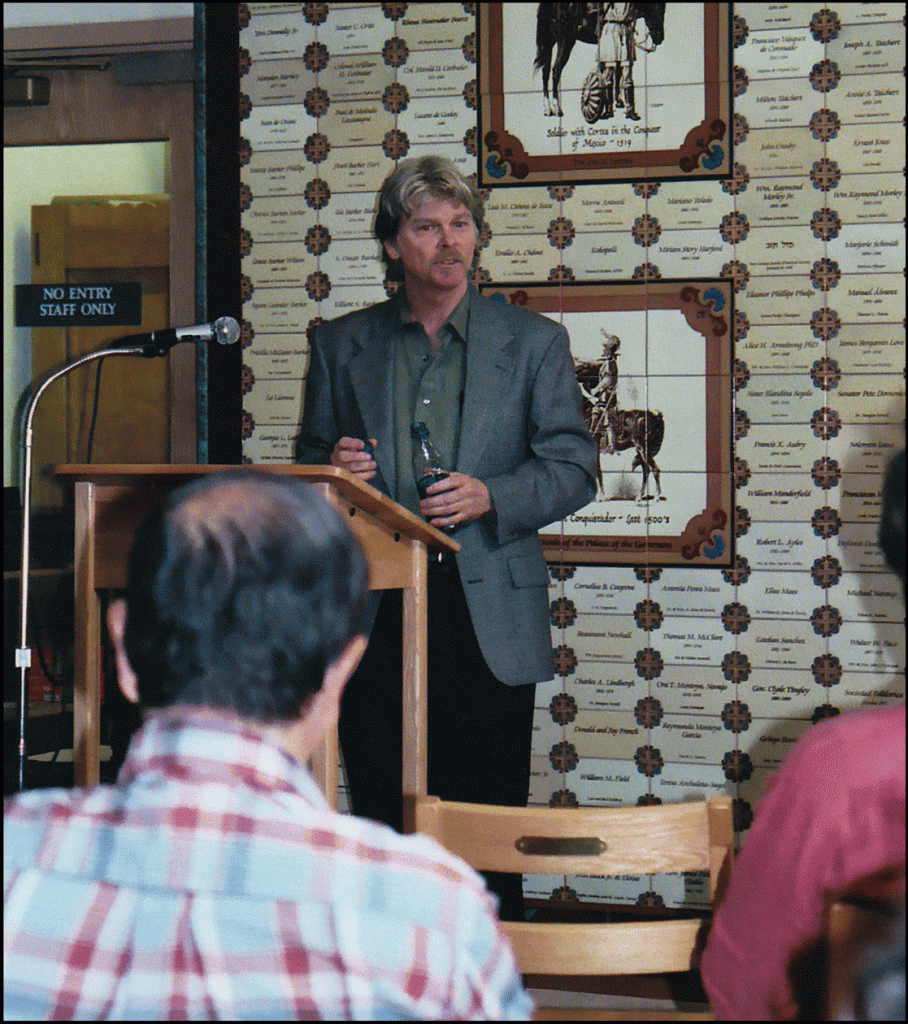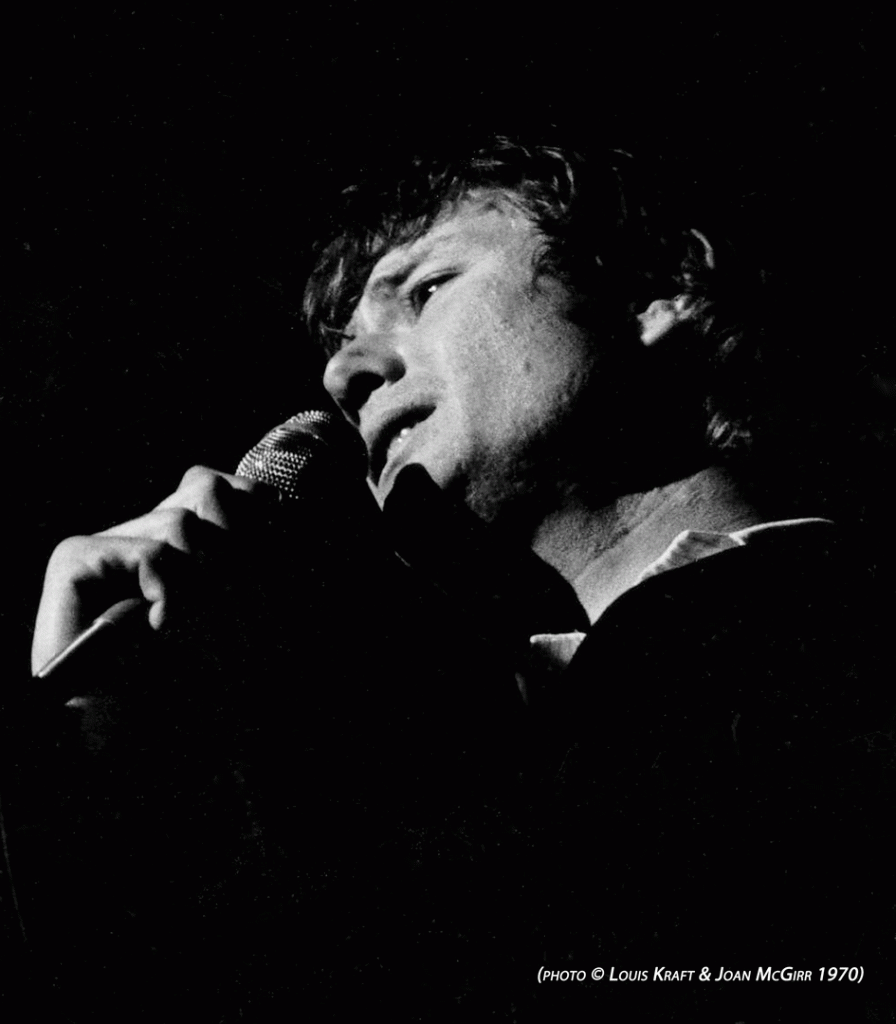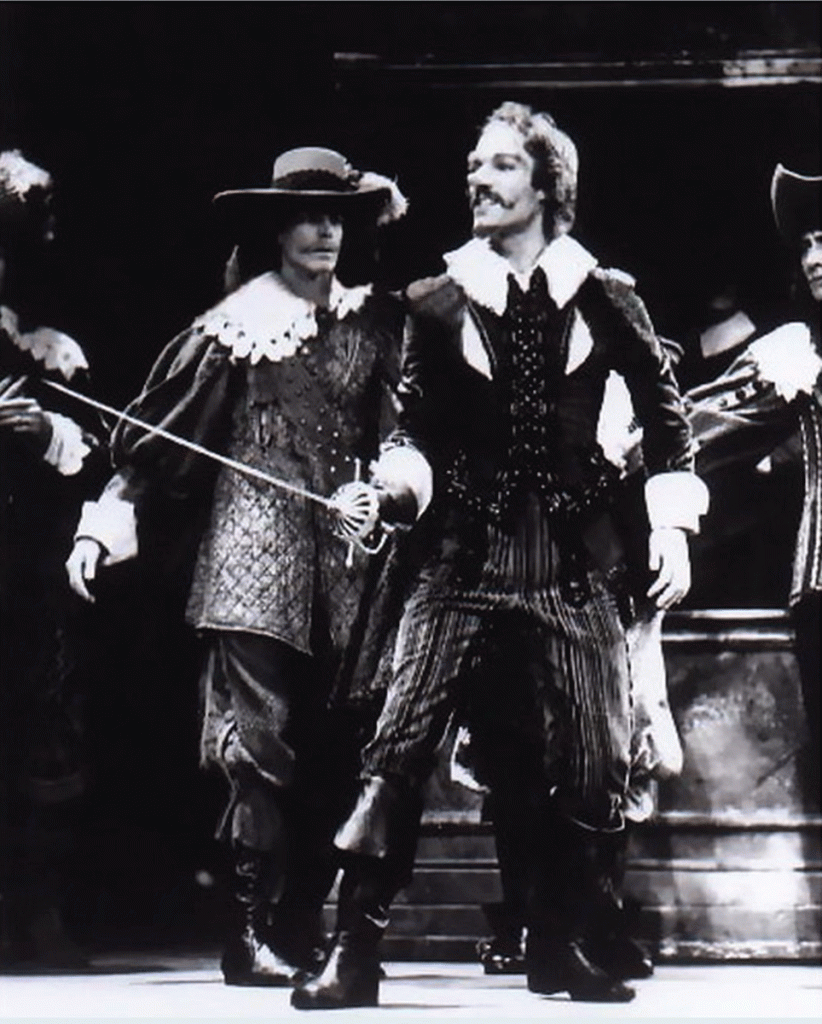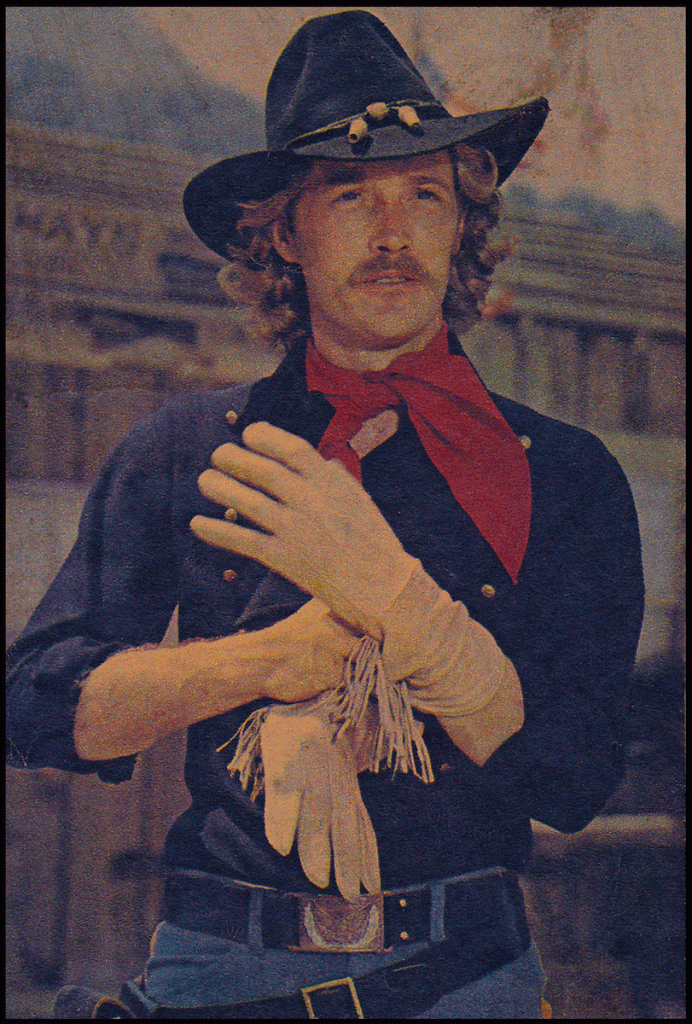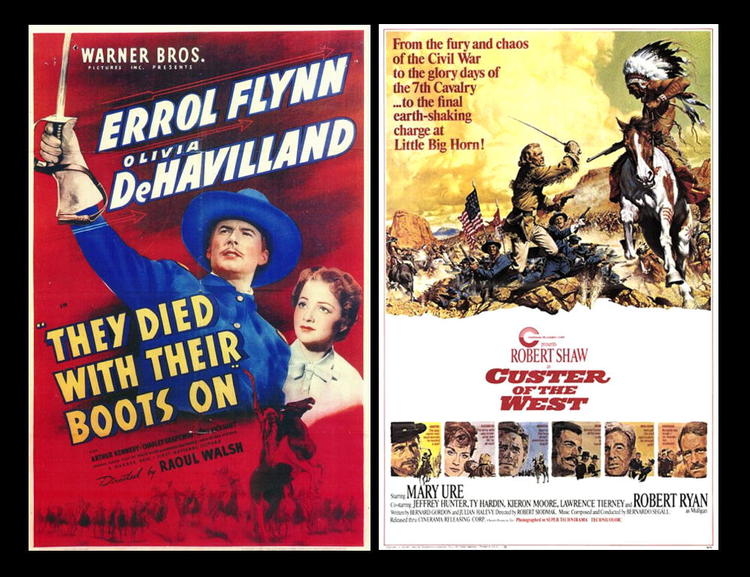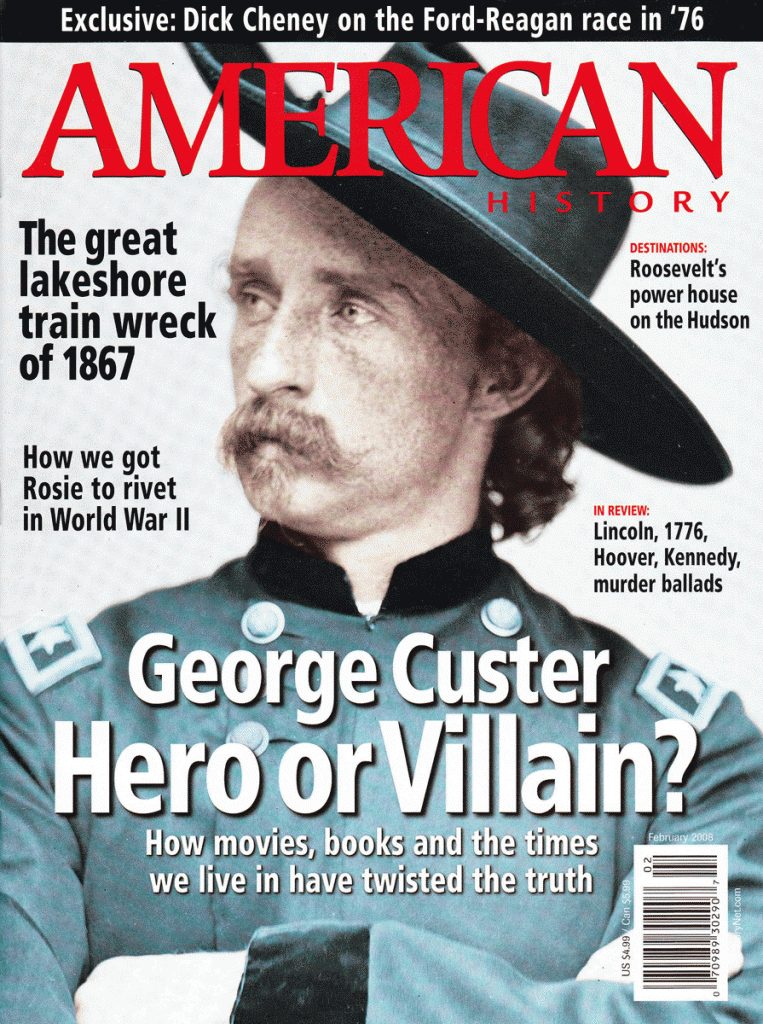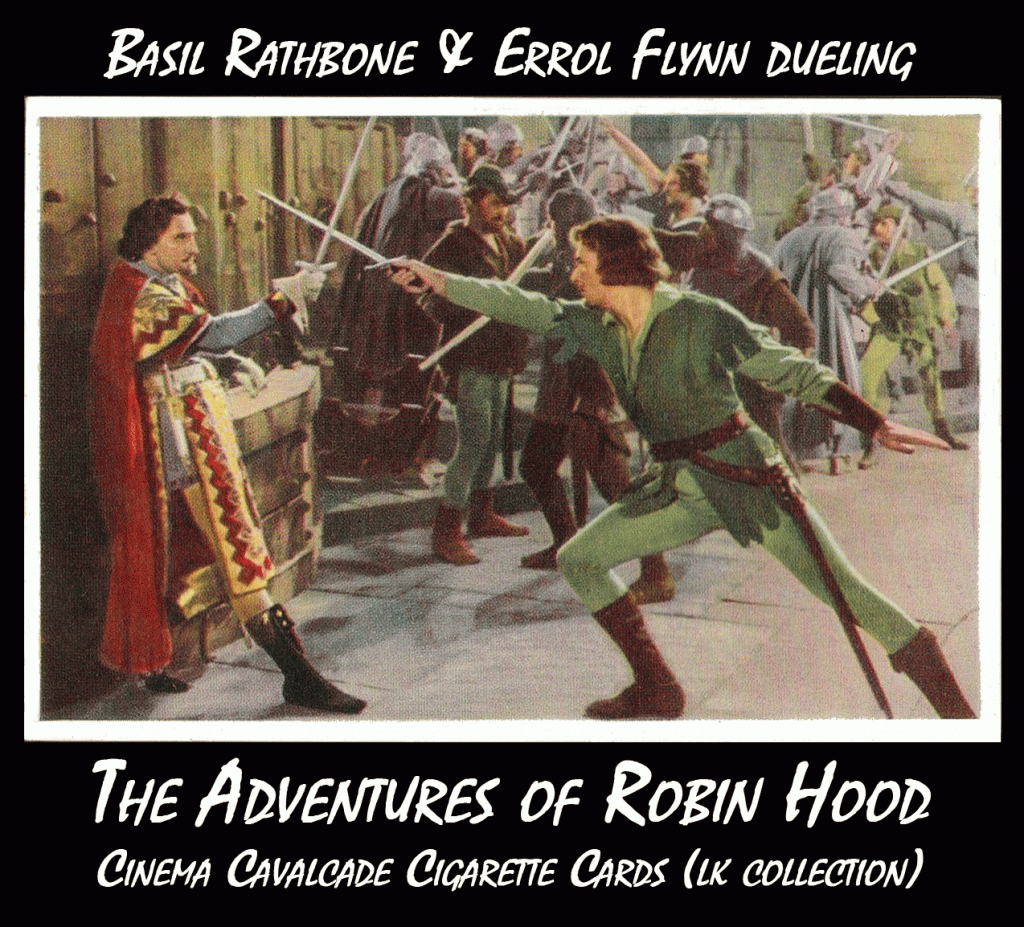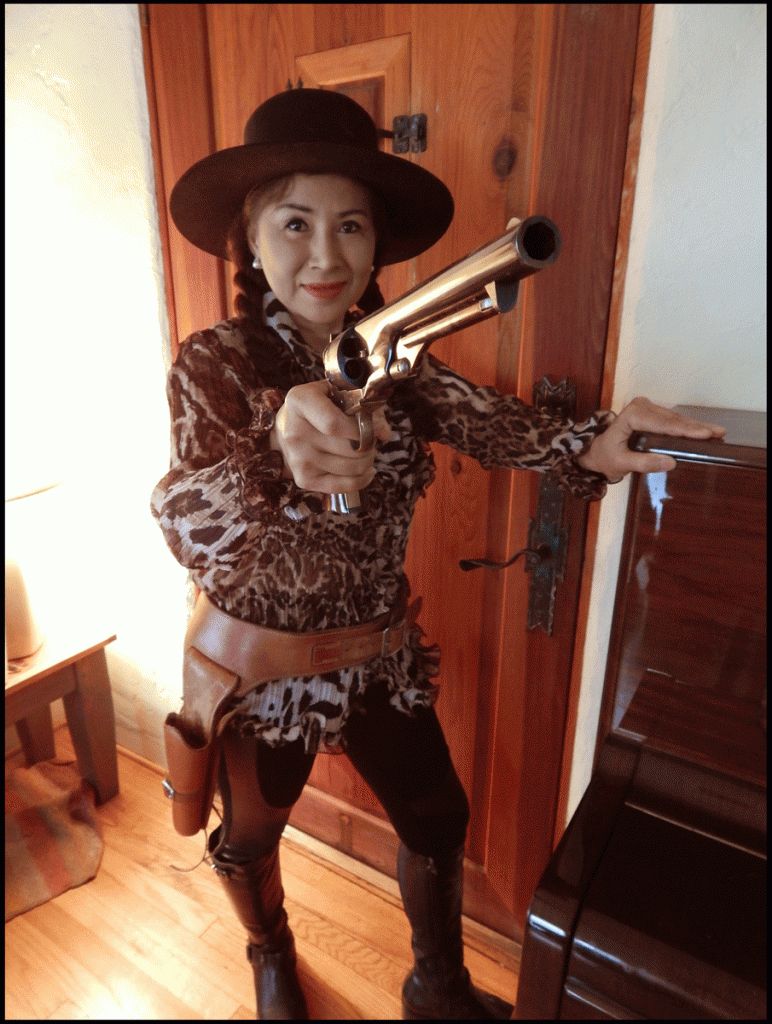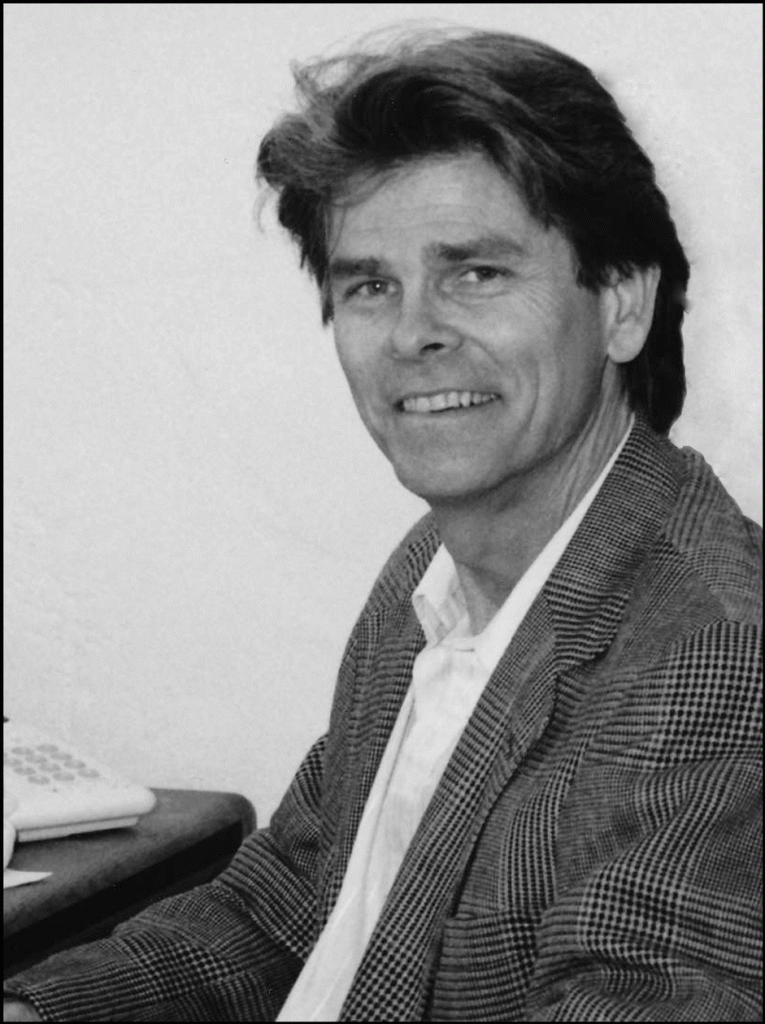Website & blogs © Louis Kraft 2013-2020
Contact Kraft at writerkraft@gmail.com or comment at the end of the blogs
It’s probably best to start with a little LK fun.
The Loikathong River is celebrated in Thailand every November. Good friend Pete Senoff used it as a backdrop when he created this dancing image of Pailin and myself in 2014. … Without words it is a simplistic entry into our relationship.
The above is a hint to what I cryptically advertised elsewhere on
social media early this year.
Unfortunately I’ve become Mr. Unsociable
I’m a recluse (but luckily I’m not one of the 58,000+ homeless in LA and some I know personally as I talk to them while I walk the streets, or the 139,000 homeless in California, and boy do I have a lot to say here but not in this blog), … actually I prefer “loner” for what I do is a one-man job that takes a lot of research, concentration, and time. I have been working seven days per week since last fall (I did take Thanksgiving off, and most of Christmas). The amount of hours increased big time last December, and I now know that it will continue until September 15. I seldom work less than 10 hours per day but way too often it is closer to 13 or more. … Worse, I know for a fact that the next four and a half months are going to be hell. Pure hell … There will be no room for me to get lazy, for each and every day must push toward September 15.
I saw my pulmonary specialist this week and we discussed a clinic that would be helpful (I’m already a member of a heart clinic). After he shared the benefits and the time commitment, I brought up the drive time. As the clinic is about 12 miles from home; a 9:00 am appointment would mean at least an hour and a half drive, while a 1:00 pm appointment approximately 45 minutes (double those drive times for a round trip). I told him that I’m really interested and he said he’d put through the prescription, but then I told him that I can’t lose those hours until September 15 passes. Yeah, parts of my health are on hold.
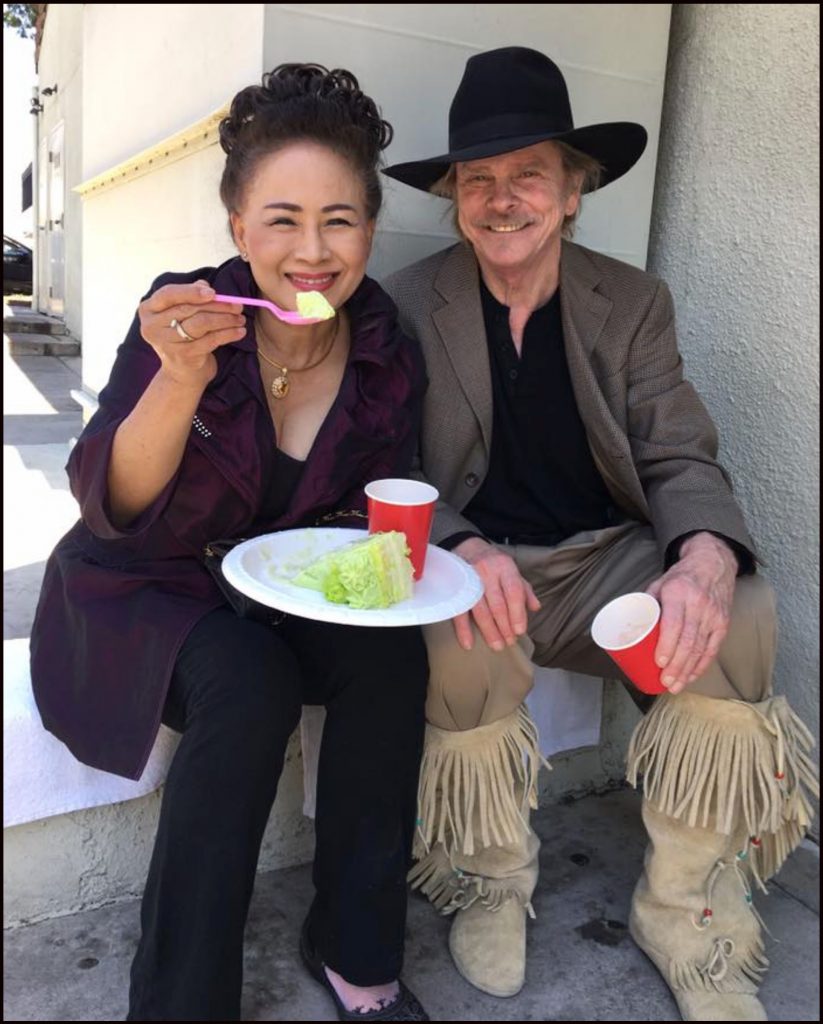
Pailin and LK at the one-year anniversary of The Massage Place in Santa Monica, Ca. (and also the birthdays of owner Marut Manorat and his manager Amber) on 18apr2018. There have been many people that have played major parts in Pailin’s emergence as a successful contractor in Los Angeles. Marut, along with his wife Whitney, are two of these people. Oh yeah, LK does take time off for special occasions with his lady. Pailin made Thai tea for the party (heaven); that’s what we were both drinking in the red cups. (photo © Pailin Subanna-Kraft & Louis Kraft 2018)
Unfortunately most of my local relationships are on hold and have been since my last two trips to the emergency room (July and August 2017), but this hold was not because of what I now view as the two luckiest months of my life (July and August 2017), but because of the crimp they put on my Sand Creek delivery deadline.
My lonely road may be costing me friends locally but there is nothing I can do about it other than infrequently touch base with them on social media or the phone. … It’s a two-way street and I need to do my share. Unfortunately I’m not good at this. Once my work begins in the morning (before Pailin gets up and then after she sets out in the AM/if she only has a PM shift after I have made our juice I’ll return to work until we eat together).
I’m not the world’s best husband, but my lady and I have something between us. Call it love, call it craziness, call it what ever you want but we have it, … and it is key to my future (see below).
Sand Creek and the Tragic End of a Lifeway
This manuscript is the culprit, the villain, perhaps the death of me. It is also the most important book I’ll ever write. I must complete it.
Errol Flynn was a great writer, and I don’t give a bleep what anyone has said about his writing. My Wicked, Wicked Ways (1959) is a masterpiece. I’ve already talked about some of what the envious-baloney cretins have written about his last book, and I’m not going to repeat it here. Flynn saw the galleys, but he never had the pleasure of seeing My Wicked, Wicked Ways in print. … I will see Sand Creek and the Tragic End of a Lifeway in print?
Simply, LK is moving toward the conclusion of his Sand Creek manuscript. If you accept that this has been a major part of my life for a long time you’ll understand.
A three-fold problem
Paying the bills, health, and completing the Sand Creek manuscript. … There is a lot to say here, and I want to keep it as positive as possible.
Surprise of surprises, my view on most of the leading players have changed (and some of the changes have been massive), as well as my view on the attack on the Cheyenne and Arapaho village on 29nov1864 on the Big Sandy (Sand Creek) in southeastern Colorado Territory. For many years I thought of it as a battle but this changed when I wrote Ned Wynkoop and the Lonely Road from Sand Creek (University of Oklahoma Press, 2011). But the scope of what happened during the lead up to the massacre, the massacre, and the aftermath is what I now consider heinous.*
* I’m talking about decades here.
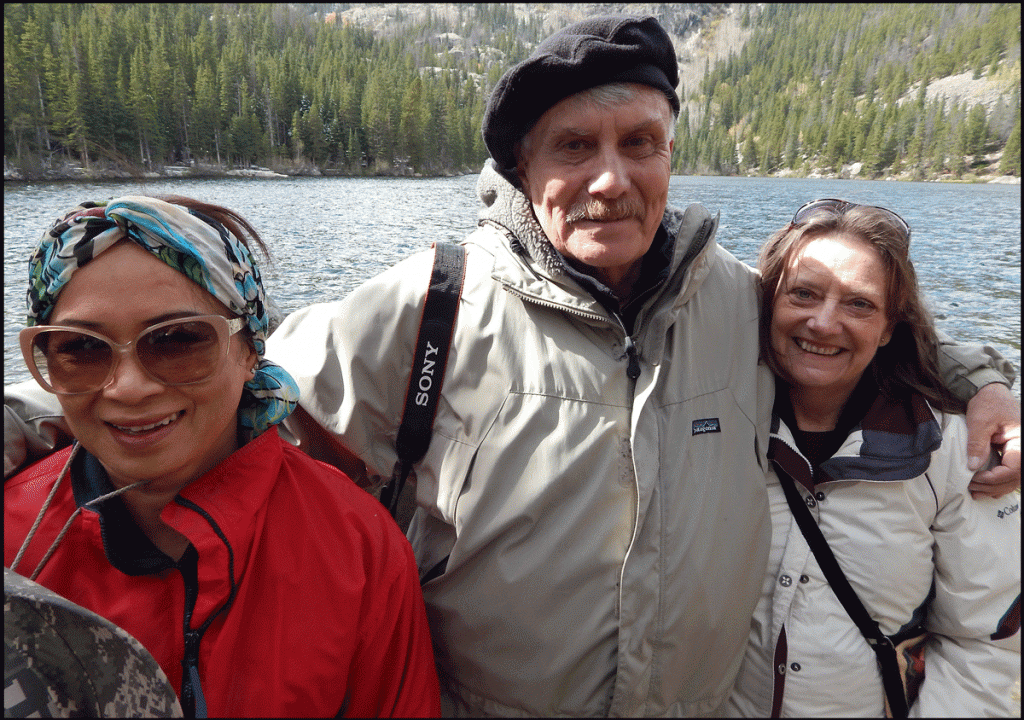
Pailin with John and Linda Monnett at Bear Lake (Rocky Mountain National Park) on 2oct2014. We had an absolutely wonderful time with them during our visit. (photo © Pailin Subanna-Kraft, John Monnett, Linda Monnett, and Louis Kraft 2014).
Recently I updated two terrific Indian war friends—John Monnett and Layton Hooper—of my current status on the manuscript, … including that I had the two final sentences in the epilogue in place and that they would not be cut. And that’s final; they stay, … editorial can cut the rest of the manuscript but the final words stay. John wanted to know the words, but bad friend Kraft didn’t share them or their background.
My view on humankind is simple: You, me, and almost everyone else believe that what we do is right when we do it (it may not be, but we didn’t realize it at the time). This, ladies and gents, was how Chuck Rankin and I agreed on how I would write the manuscript—people-driven. Honestly, this has been the most difficult manuscript that I have ever written.
Sand Creek deliveries …
LK’s schedule for the next four and a half months
On January 31 I delivered the first eleven chapters of Sand Creek and the Tragic End of a Lifeway to Adam Kane and Chuck Rankin (current and former editors-in-chief at the greatest Indian wars publisher in the world—the University of Oklahoma Press). On April 30 I delivered chapters 12 through 15 to them. … I will deliver the epilogue, updated 15 chapters, and the preface to them by the end of this month.
Adam has updated me on what must happen for the manuscript to make the University of Oklahoma Press Fall 2019 catalog and be printed by the time that the Western History Association meets in Las Vegas that October. … I need to have a reviewed, revised, and final manuscript to the press no later than September 15 of this year. This deadline schedule is huge in scope and it is demanding of my time. It is one that I will make.
I’m done talking about the struggle to complete the manuscript, I’m done talking about the ongoing research, for everything from this day forward will be about delivery.
An LK view: A massacre is a massacre is a massacre …
In Nashville on 1apr1971 a singer who has played a major role in my life since I was a little boy recorded the “Battle Hymn of Lt. Calley.”* The singer was Tex Ritter, and he was extraordinary (someday I’ll do an entire blog about him, and this will be an easy blog to write).
* But this date seems wrong as all hell had broken out when the 5dec1969 issue of Life Magazine hit the newsstands.

When this young LK rode the pony he was already glued to a green TV screen as he watched the heroic Tex Ritter (who did most of his own stunts and that easily included 90+ percent of the riding on White Flash, and there were multiple White Flashes until Tex bought a white horse that would become his White Flash until the end of time). I would meet Tex, and his music and B-western films are still with me. … and they will be until the end of my time.
Tex was religious and loved the USA. At the time that he recorded this song if not the U.S. press at least a major portion of the U.S. population still praised Lt. William Calley, Jr’s victory over the Viet Cong in the foreign war that was seemingly without end. And why not? The lieutenant was a hero, a major hero to many.
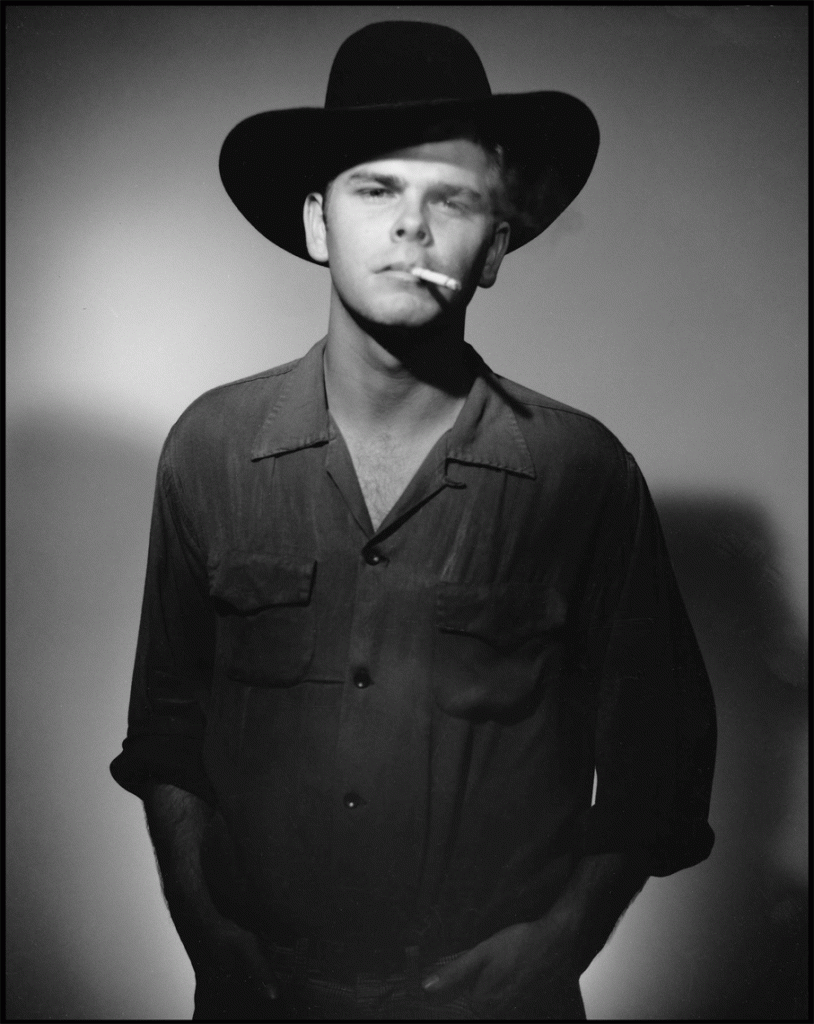
A former high school friend Dennis Riley captured this image of LK. He had become a photographer’s mate in the U.S. Navy in the late 1960s, and took this photo in June 1969. It would become a key image in the LK acting and modeling world for years. (photo © Louis Kraft 1969)
I was a villain.
Actually my view on race was firmly in place by the time I exited high school, and it would never waver in the coming years.
Villain? What are you talking about Kraft?
I’m not going to dig into my past, but I was truly a villain in 1970. There was a war going on—a heinous war—and I didn’t volunteer to kill people—civilians—regardless if I did not agree with their country’s politics.
I was a villain. There were many of us across the United States at that time.
When my university days ended in spring 1969 I no longer had a free pass on the mandatory U.S. military draft, and it was just a matter of time before I would be forced to make a decision that would impact the rest of my life. During WW II my father had enlisted in the U.S. Marine Corps as he didn’t want to be drafted into the Army. By this time I had college friends who had turned their backs on America and had taken asylum in Canada and elsewhere.
What would I do?
The USA has always been my country. Will it always be my country? That was a million dollar question in 1970 as I had no intention of deserting my homeland. Is it again a million dollar question?
LK’s history world has had a lot of people of interest
I discovered history in elementary school, and I met two people at about the same time—soldier George Armstrong Custer in the fourth grade and the pirate Francis Drake in the fifth grade. Over the course of my life I have learned a lot about both of these men. Like all of us they had faults, they had highs and lows, but that is what makes them interesting. They were also able to step beyond race and hatred of their enemies.
I met Custer on TV when I saw Errol Flynn’s They Died with Their Boots On (Warner Bros., 1941) for the first time back in the dark ages. Custer would appear in many films, TV shows, one TV series, and documentaries. I saw the pilot and a few of the episodes of the short-lived Custer TV series (17 episodes in 1967 with Wayne Maunder as Custer). You do not want to know my opinion of this TV series, even though Maunder looked great as Custer.

LK art of Errol Flynn as George Armstrong Custer in They Died with Their Boots On (Warner Bros., 1941). (art © Louis Kraft 2013)
Drake appeared a year later when he was featured in my school history book (words and cool images; I’ll share them someday). To my knowledge Drake appeared in two films, one TV series, and various documentaries (most of which are forgettable). I saw a few of the twenty-six episodes of Sir Francis Drake (1961-62 with Terence Morgan in the lead role …You need a multi-region PAL/NTSC DVD player to view this series in the USA today. I wasn’t impressed (and I’m being kind here, even though I haven’t seen it in decades).
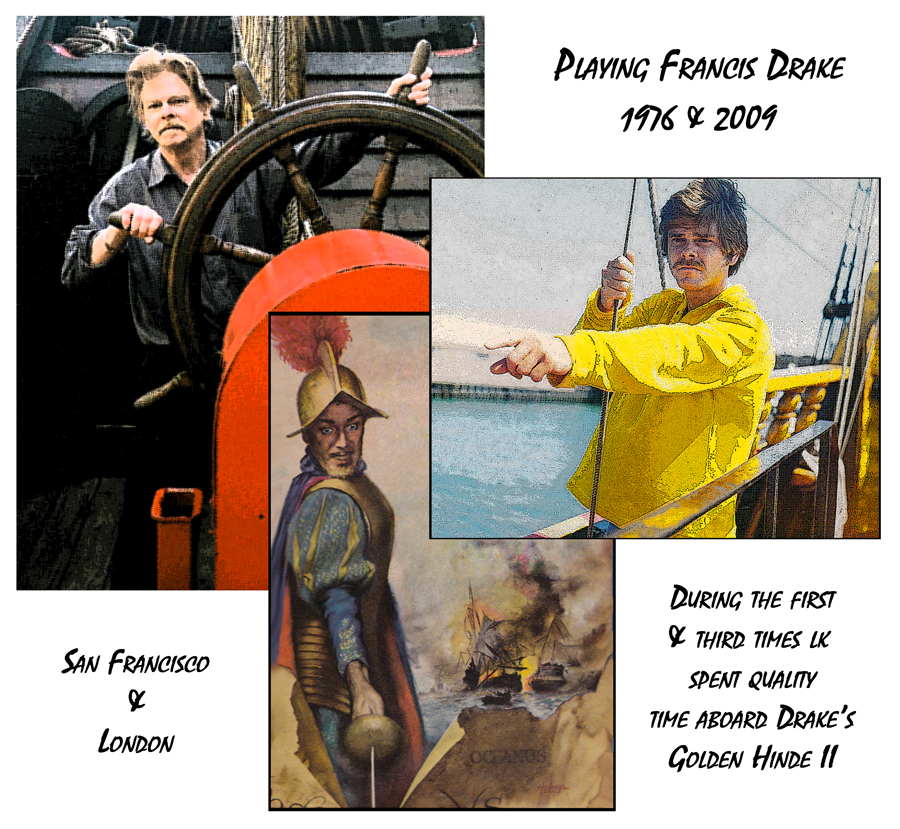
History and times have been fairly kind to Drake over the centuries and much less so with Custer. Two books are planned on Drake (and I have much of the primary source material in-house) but nothing published to date other than a blog that features him: The pirate Francis Drake and Louis Kraft. Upton and Sons published a book I wrote on Custer in 1995 (Custer and the Cheyenne). There have been numerous articles in such publications as American History, Wild West, Research Review, and talks on Mr. Custer have ranged from Texas to Missouri to Kansas to Montana to Arizona to California. The links on Drake and Custer give you an idea of how I view these two men. BTW, depending upon word count limitations in Sand Creek and the Tragic End of a Lifeway (vagueness is golden here), Custer may have a fairly large presence in the epilogue (at least he does at this time).
History got me to Drake and Flynn got me to Custer
… and Drake got me to studying Elizabethan England and piracy while Custer got me to the American Indian wars. Everything was a go beginning with junior high school.
Still, there’s one more piece. Tex Ritter and then Errol Flynn got me to acting. I took acting classes in junior high school, high school, and majored in theater (focused on acting and directing) in college. You know where this is going, and so do I. But then something happened in 1976 when I was doing a summer of dinner theater in Lubbock, Texas; something I would have never guessed in a lifetime. The first play was a generation-gap comedy. Two actors, the director, and I were hired in Los Angeles. The rest of the cast were hired locally. The two other LA actors and the director were also writers.
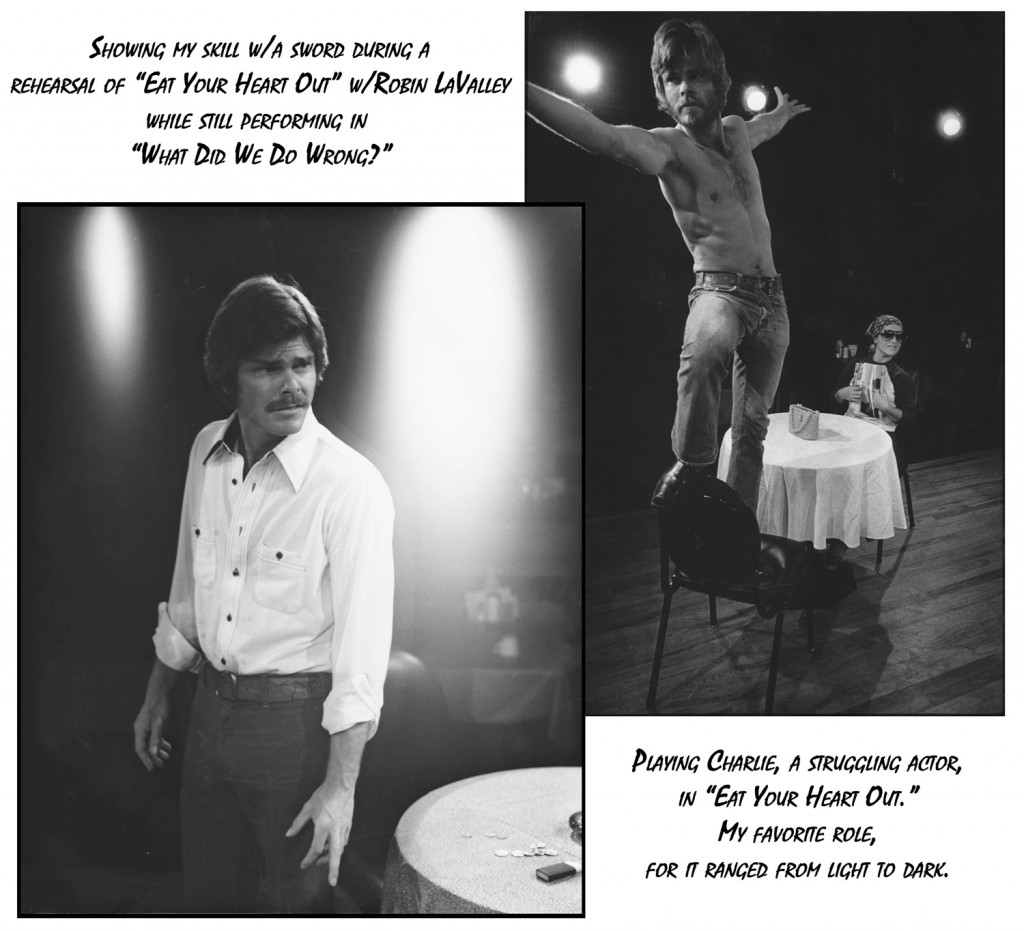
The Hayloft Dinner Theatre was in the round, which allowed for a fairly large audience while keeping the acting intimate. (photos © Louis Kraft 1976)
Long story short: Texas Tech is in Lubbock, and it was a wild town back in the ’70s. Racism was rampant, drug busts were all over the place, the theater department at the university had two cliques that wanted to kill each other. Add patriotism and by the time I finished the second play I was thrilled to put the Lone Star state behind me.
But, that summer led to me writing screenplays and landing an agent. By the mid-1980s I knew I wanted to write full time. I had parted company with my third screenwriting agent about 1984 and started writing and selling articles. In 1985 I quit the acting world cold turkey and the next year talked my way into a corporate insurance brokerage firm without ever touching a computer. I knew they were the future for writers and I wanted to learn while getting paid to do so. The vice president at Jardine, Emmett, & Chandler liked me, put me in a room with a computer with pay, and told me that if I learned how to use it in two weeks I had the job.
Massacre no. 1
Sand Creek was a massacre, and it will always be the number one massacre in my view. But I didn’t have this view until this century.
The Sand Creek manuscript has become the most difficult assignment I’ve ever had (and that includes everything I wrote in the software world). The days have been long while the progress has been slow. The reason is simple: I’ve focused on using a number of people to propel the story toward conclusion. Yes, there have been health problems (my life should have ended in August 2017), but the ongoing research and the struggle to mix this grouping of people together in a linear way has become the biggest challenge of my life. For the record some have smaller roles than anticipated while some have seen their participation in the events grow.

LK as Ned Wynkoop viewing the hacked-to-pieces remains of the Cheyennes that had been murdered at Sand Creek on 29nov1864 during a dress rehearsal for one of the performances of the Ned Wynkoop one-man shows at the Washita Battlefield NHS in 2008. (photo © Louis Kraft and Johnny D. Boggs, 2008)
After signing the contract with Chuck Rankin in 2013 I knew that this project would push me to the extreme, but I never dreamed what I would face over time. … This said, I’m thrilled that Chuck took the time over several years to bring me on board to write the manuscript. … For me it is the creation process from the beginning of the research through the publication of a book. I know that when I look back on these years that I’ll have fond memories.
Col. John Chivington was a hero. Don’t believe me? Just read the Rocky Mountain News in December 1864, all through 1865, and for years to come. Chivington commanded the 29nov1864 attack on Black Kettle’s village on Sand Creek. Butchery of children, women, and men happened on that day and the next. Butchery of men, women, and children who thought that they were under the protection of the U.S. military until it decided if the 1864 Cheyenne war would end or continue. In Chivington’s two official reports on the massacre he stated that he killed between 500 and 600 Indians. These numbers were inflated. Still, the good colonel, the war hero, was wrong, for easily many more Cheyennes survived his butchery count than died on that bloody ground.
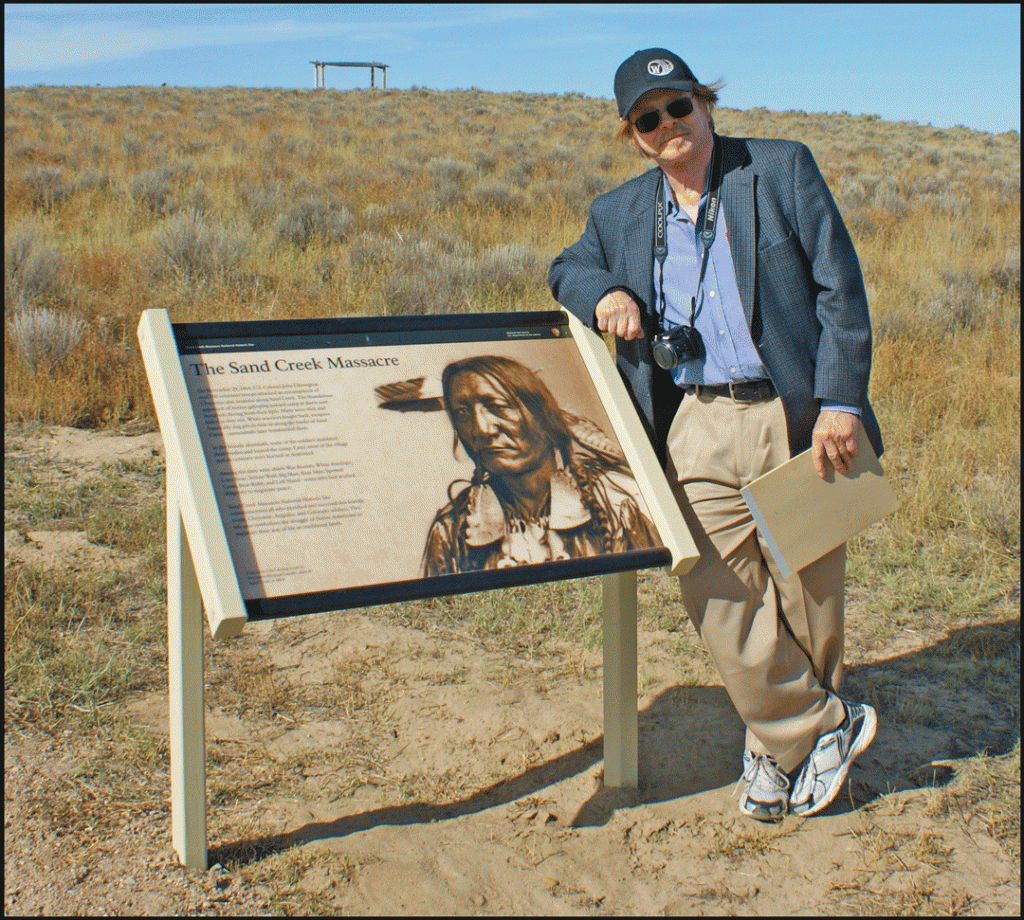
My terrific friend and great Cheyenne Indian wars historian John Monnett took this image at the end of our time (that is his, mine, Linda M, and Pailin’s) on the Sand Creek Massacre NHS on 3oct2014. We had been walking along the bluffs to the west of the village site in southeast Colorado. (photo © Louis Kraft and John Monnett, 2014)
If you don’t know what I’m talking about, read Sand Creek and the Tragic End of a Lifeway when it is published. If you do, I guarantee that you will become ill. If not, you will have a very foul taste in your mouth.
Still, Chivington would years later state: “I stand by Sand Creek.” This quote is now in the manuscript. It took me years to locate it and figure out how to get Chivington’s most famous quote into the manuscript.
The LK view on race

LK speaking about Lt. Charles Gatewood and Geronimo at the Festival of the West in Scottsdale, Arizona. Over four days (18-21mar2004) I spoke about Gatewood and Geronimo twice, Custer and the Cheyennes once. (© Louis Kraft 2oo4).
In 1970 I volunteered to serve in Volunteers in Service to America (VISTA), which was like the Peace Corps but in the United States. Early in 1971 President Richard Nixon had a national draft lottery, and on the night that it was televised my eyes were glued to the TV set. I got lucky. My number was 273. This meant that every male of draft age (that is, between the ages of 18 and 35) with a lower number than mine would be drafted before me.
This eliminated me from the draft. … Even so, that June I reported for duty with VISTA. My life and view on race was already in place, but my time in VISTA would confirm what I already knew, … LK was not and is not a racist and accepts all people as human beings.
This statement has played a major part in my life. Both in my view of humankind and what I write about. My first novel dealt with race relations, as have my first four nonfiction books (my Sand Creek manuscript will be my fifth nonfiction book that deals with race relations). The following manuscripts (fiction and nonfiction) will also mostly focus on race relations. I’m a person. You’re a person. Every other person walking our earth is a human being. We’re all equal. Nothing else needs be said.
Back to Lt. Calley and massacre no. 2
I learned, as all of us did in the USA, that Calley’s victory was not a victory—it was a massacre of men, women, and children that were non-combatants. That’s right, they were just like you and me, … people who were not soldiers fighting a war. Five hundred four Vietnamese civilians were murdered, and that included 200 who were less than twelve years old.

This image was reprinted in the Los Angeles Times on 16mar2018. (The photo & copyright credit goes to Ronald L. Haeberle and the Associated Press, 1968) … This image is worth 1000s of words. Make your own decision of what happened on 16mar1968. … Sgt. Ron Haeberle was a photographer for the U.S. Army. The photos that he took for the military were black and white and they were vanilla-flavored. He shot color photos using his personal camera, and these he didn’t hand over to the Army. This image, although printed in black & white in the Times, was originally in color.
Kraft, why are you writing this? … If you don’t know why by now, don’t ask—just move on.
For the record Lt. Calley, and more important Capt. Hugh Thompson (I’ve also seen Thompson listed as a warrant officer), played important parts in my life. Calley for being a hero and then a murderer of innocent people (sound familiar to those of you who know what my Sand Creek massacre manuscript is about?). You bet!
 On 16mar1968 Army photographer Sgt. Ron Haeberle had reached the hamlet of My Lai near the northern coast of South Vietnam. He came upon U.S. soldiers who pointed their weapons at mostly women and children. “Guys were about to shoot people,” Haeberle told Life Magazine (5dec1969 issue, p36). “I yelled, ‘Hold it,’ and shot my picture. As I walked away, I heard M16s open up. From the corner of my eye I saw bodies falling, but I didn’t turn to look.” This was the caption for the photo at right, which was on p37. (© Ronald L. Haeberle and the Associated Press, 1968; and Life Magazine, 1969)
On 16mar1968 Army photographer Sgt. Ron Haeberle had reached the hamlet of My Lai near the northern coast of South Vietnam. He came upon U.S. soldiers who pointed their weapons at mostly women and children. “Guys were about to shoot people,” Haeberle told Life Magazine (5dec1969 issue, p36). “I yelled, ‘Hold it,’ and shot my picture. As I walked away, I heard M16s open up. From the corner of my eye I saw bodies falling, but I didn’t turn to look.” This was the caption for the photo at right, which was on p37. (© Ronald L. Haeberle and the Associated Press, 1968; and Life Magazine, 1969)
But heroes in the USA have always been honored and set upon a pedestal. Lt. Calley initially joined this elite group. A man who was my first hero—a B-western star of the 1930s and 1940s who became one of the main people who made country and western music coast-to-coast in the USA beginning in the 1940s. Over the decades Tex Ritter honored the USA, religion, relationships, and heroes in song, and many of his recordings are classics. As soon as Tex and his producer at Capitol Records realized the truth of what happened the record’s release date was canceled. Without knowing the facts I am certain that the recording session that made Calley a hero has long since been destroyed.
A side story that is major …
You want to know my favorite storyline? Do you? It’s simple: Boy meets girl, girl doesn’t like boy, boy doesn’t give up, eventually boy wins over girl, and they live happily for the rest of their lives. … I’m not joking here.
This is what I want for me and what I want for you. I have it, and I am the luckiest man you know.

This LK art is based upon a photo that was totally useless, while showing that I am a decent cook. The image was also taken after I met the most fantastic person in my entire life. Yes, Pailin. She is unlike anyone I have ever met, and that includes a multitude of people from all walks of life. My meeting her was totally unexpected and it changed my life forever. This Wedgwood stove that dated to the 1950s is gone after years of great service. It is history, like just about everything I write about. (art © Louis Kraft 2015)
I have lived my life turning my back on false relationships and charlatans. Not good times for LK. This continued until 15jun2013 when I met Pailin (that day/evening changed my life forever).

LK and his beautiful wife, Pailin, on 2dec2014, just before we boarded the first of two planes on our return flight to California from Bangkok, Thailand. For the record Thailand is in my past and in my future. (photo © Louis Kraft and Pailin Subanna-Kraft 2014)
If you have read any of my blogs you know her. If not, look to the right.
Unfortunately my upbringing guaranteed that I could never write the above storyline. More important this year saw the 50th anniversary of what happened on 16mar1968. Like Sand Creek, we should never forget My Lai.
I know that a lot of you have bad thoughts of California and Los Angeles. How’s this for a sudden change of topic? Other than high taxes, high cost of living, and jealousy of people like me who enjoy great weather year round, I’m clueless why? Let’s talk about Los Angeles. There are more languages spoken in LA than any other city in the USA, there are more American Indians in LA than any other city in the USA, and there are more Thai people in LA than all of the rest of the USA put together. I live in the melting pot of the USA—I have it all; museums, theater, music, art, any food you want to eat, any film you want to see (and that includes numerous Errol Flynn films on the big screen every year), and most important any race, religion, and culture you may want to mingle with.
Flight commander Hugh Thompson’s actions
Helicopter pilot Hugh Thompson, and his two-man crew (which included Glenn Andreotta, his crew chief, and Lawrence Colburn, his door gunner), supported the USA attack on 16mar1968. However, this day would not be as he assumed, for when his helicopter swooped low over enemy lines he saw wounded children, women, and men spread across the ground. After marking their position, he called for medics, and returned to base to refuel.

This Associated Press © 1971 image of Thompson was published in the LA Times on 16mar2018.
When Thompson returned to the war zone he again flew the helicopter in low over the scene of the wounded civilians. They were no longer wounded; they were dead. Worse, it was obvious that they were not the Vietcong, they were not soldiers standing firm against an American assault on their homeland. No. They were civilians, simply people trying to flee while their country’s soldiers confronted an invasion of their land.
Thompson then saw a group of mostly women and children running from U.S. soldiers. He acted immediately—WITHOUT ORDERS (sound familiar with Wynkoop and my 1864 writing?)—for he saw what he needed to do. Act, now, or watch the murder of women, children, and men who were non-combatants. He landed the helicopter between the advancing soldiers and the fleeing Vietnamese. He told Colburn and Andreotta that if the soldiers didn’t halt or shot him to shoot them. He stepped from the ‘copter and confronted a portion of actually Capt. Ernest Medina’s Charlie Company (1st Battalion, 20th Infantry Regiment, 11th Infantry Brigade), to whom Lt. Calley reported.
If Thompson did this on 29nov1864 he probably would have become a casualty of friendly fire or he would have cashiered out of the military, … not to mention major racial hatred directed at him. Luckily the USA—our country, my country, your country—has progressed to the point that it recognized murder (at least with the My Lai massacre and hopefully more and more with the Sand Creek massacre as we age).
Actually my wish list on this subject is quite large.
Hugh Thompson’s name is right there with Gatewood and Wynkoop, as well as Capt. Silas Soule and Lt. Joseph Cramer. His actions mimics theirs. This is not an overstatement; it is fact. He was an American hero, as they were. For the record Thompson, Andreotta (posthumously), and Colburn received the “Soldier’s Medal for acts of extraordinary bravery not involving contact with the enemy” twenty years later.
Also for the record, William Calley apologized for his actions against the Vietnamese people in August 2009; Something that John Chivington was incapable of doing.
I live a simple life of fun and goofiness
If you have followed these blogs you know that Pailin and I are gunslingers … with our fingers, and that at times we attempt to surprise each other. This is pure fun. For us it is being five years old, or six, or seven again. Maybe older.
On one night when Pailin returned home after a long day of massages I didn’t open the back door, which forced her to enter the house through the front door. Immediately she focused on where I was. In a closet? Hiding behind a door? In the bathroom hidden behind the shower curtain? She cautiously searched the house.
No LK. It was after ten that evening, and suddenly the game became one of concern.
Not for yours truly, for I sat under the dinning room table. It had a table cloth, which cloaked my hiding spot. No notes, which I usually leave if I’m not home or are already in bed. Pailin entered the kitchen, which leads into the dinning room. She set her massage bag down and prepared to relax. I pushed the chair to the side and appeared from under the table. At the same time I fired a bullet from my finger gun. “BANG! BANG!” I yelled. She grabbed her midriff as she sank to the kitchen floor, laughing all the way down. I stepped from under the table, and, also laughing, crossed to her and pulled her to her feet. Point LK! We hugged.
Pailin is my lady, my love, my life. … And we do play games, as they keep our lives fluid and alive.
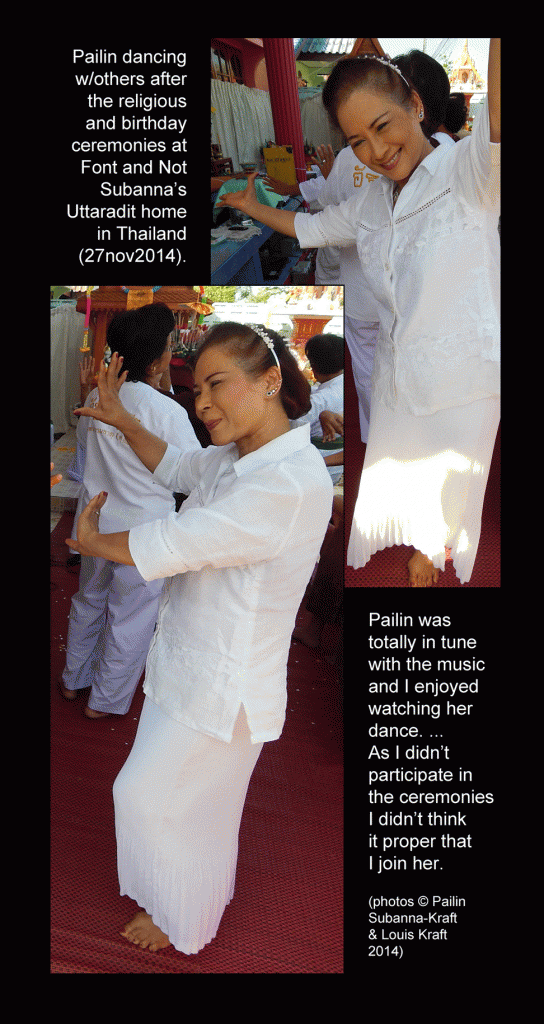
Pailin is as different from me as I am from her, and yet our interests and views on life (and remember that she is Thai and I’m American) are night and day. Somehow, without consciously attempting to create a world for Pailin and LK, … we have done just that.
We have connected between race and culture and created our own world that thrives in two worlds, two religions, two cultures.
Our world also includes an openness to just being ourselves. She and I have learned who we are in this mixing of culture and religion and lifeway. I met Pailin on 15jun2013 at a dinner party I hosted for five people; two couples and myself. One of the ladies insisted that she bring a coworker for me as I had been at that time girlfriend-less for two years. I refused. The lady—Pailin—also refused, but eventually we both gave in.
What happened was quiet magic, for I found a beautiful woman who knew few English words but was totally alert to what was happening around her. Before the day/evening ended I knew that I wanted her in my life.
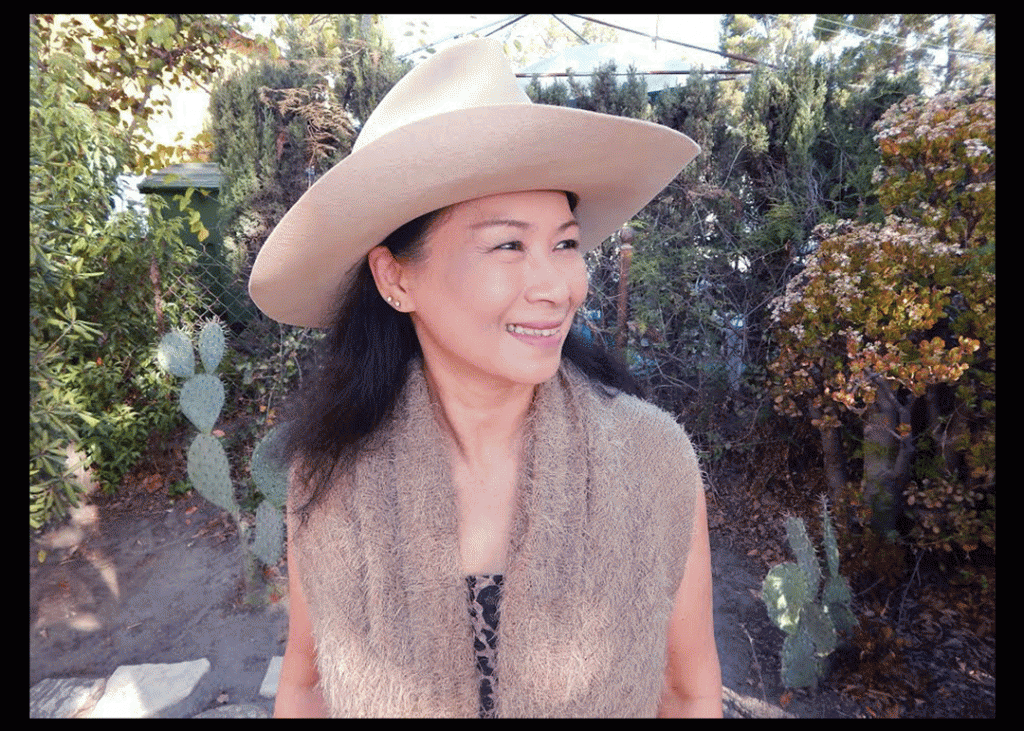
This is my lady in the front yard of Tujunga House. (photo © Louis Kraft and Pailin Subanna 2013)
Much has happened. Her first visit to my world, our marriage, her first Green Card, her first Indian wars talk, and the following year her first Indian wars trip and meeting my friends, my first visit to Thailand and her family (who are now my family), her California drivers license (no easy task as the written test is in English), her passing the California Massage Council massage therapy test and receiving her license (this English test was 10 times tougher), her becoming a massage therapist in major demand on the Westside of Los Angeles (and this is an understatement as she could work 15 hours a day ten days a week if she desired as she is in that much demand), her receiving her 10-year Green Card extension, and now in place to obtain her U.S. citizenship. This is a mouthful, but I thought that you needed to know who my lady is. Bottom line: She is special, and I haven’t mentioned any of her personal traits that far outweigh her professional life.
Sadness and my future … a future never imagined
This is the first announcement of this (although I did hint elsewhere on social media that a large change was coming, even offering 100-1 odds that no one would guess it). Pailin returned to Thailand this February due to the death of a special person in her life. Her brother, my brother-in-law, who she loved with all her heart and a brother I thought the world of. I couldn’t go due to an overdue Sand Creek manuscript delivery and a physical problem that, honestly, made me fearful of flying. Palin totally understood.
Pailin shared this video that she taped on 27feb2018 early during her trip, and I believe often. It increased my fame, or infamy, in Thailand. Anyway, everyone saw it and commented, and I think it indirectly helped what was about to happen. … I say “rich” in it, but I don’t mean rich in dollars; rather rich in knowledge.
It seems silly to describe LK wearing black shorts and a T-shirt while dancing to a tune without music,
but the video’s coding will not allow the image to appear in a PDF file and a description is needed.
Pailin and I video-talked almost every day (6:00 am LA time/9:00 pm Thai time). I knew a lot of our relatives, but not all. No matter. Magical minutes for LK and his lady, but also pure gold for me as I was able to connect in real time with my extended family. These calls made me realize how much a part of my life they were and are. During this time I met a colonel in the Thai Army and his beautiful wife (I had known about them since 2014, but had never met them). At different times during Pailin’s trips she has spent great time with them and her brother and sister-in-law. This led to my introduction to them, cemented a friendship, and opened the door to an offer I never expected.
Last year the colonel and his wife (a dentist who has three offices) shared with Pailin (and I believe they have been close for a long time), a wonderful piece of information—their first children will enter the world in the future. During our California/Thailand video time the officer and his lady decided to approach me with a proposal. And through Pailin they did, they asked me if I’d consider teaching their still unborn children English as a first language.

LK’s office in Uttaradit, Thailand, on 26nov2014. Pailin and I spent a lot of time at her sister and brother-in-law’s home, and Not and Font have certainly become my sister and brother. Great memories, and good work on my last Geronimo article for Wild West as well as making decent progress on my book projects. (photo © Louis Kraft 2014)
Wow! A magnificent offer I never expected. Believe it or not, my brain still functions and quickly when necessary. I replied positively; at the same time I made it clear that all my Sand Creek deadlines would have to be made. They shared an approximate starting date, and as of today I think that this is doable. The basics are in place; the what, where, when, and how are still to come (but won’t be shared).
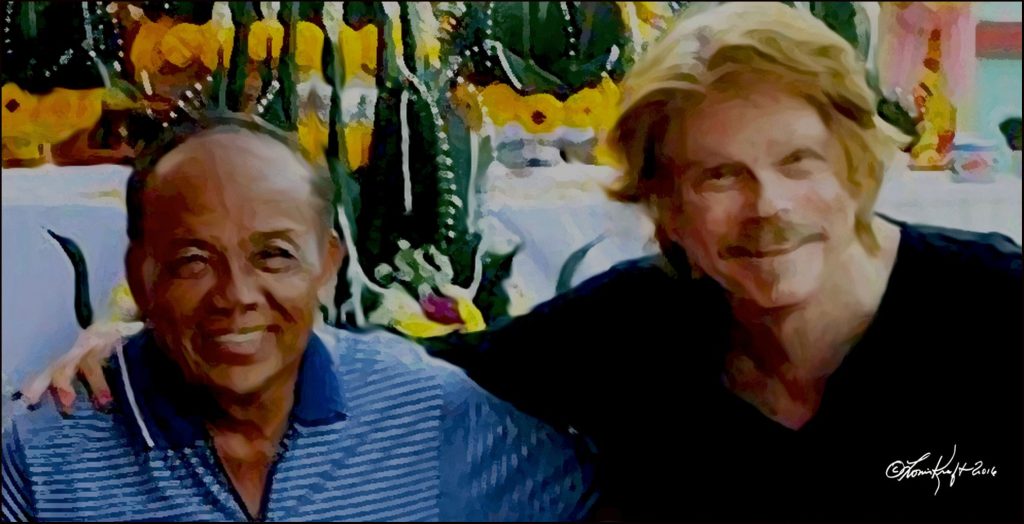
This is Font Subanna and LK on his 27nov2014 birthday. This man is my brother, and so much more, … he is one of my best friends on this earth. I had met him after my arrival in Langpang, Thailand, but our friendship didn’t begin until days later when he picked Pailin and I up and drove us to his home in Uttaradit. During the drive he told Pailin, “I don’t know what to say to him.” My mastery of the Thai language and his of the English language isn’t very good, but over many great days we had no trouble communicating. During one of our joint dinners at his home he said to Pailin, “Why don’t you teach him Thai so I can talk to him?” Everyone laughed. At another dinner a few nights later, and again at his home, opportunity presented itself. I said to Pailin, “Why don’t you teach him English so I can talk to him.” Everyone laughed. Some of the best days in my life. (art © Louis Kraft 2016)
I already know that I can work in Thailand, for I wrote almost daily in 2014. This said, and with proper preparation I can work on nonfiction, fiction, articles, and talks (if not a thing of my past). While in Thailand my focus will be the children; when not with them my writing, research, and spending time with family and friends.

A neighbor’s 2017 Harley Davidson. (photo © Louis Kraft 2017)
I had broached the subject of buying a Vette in Thailand. “Are you crazy?” Pailin asked. “They cost more in Thailand than in the U.S.!” Oops! I suppose a Harley Davidson Sportster, which I have been considering buying in the USA, is also out of scope. BTW, Thailand is a motorcycle wonderland. Alas, easily 95 percent of them are small.
Actually much of what I saw of the Thai people is similar to the Cheyenne people, who are totally separate for they, even though they also originated in Asia, migrated south and then west into a land that would become Southern Europe. Their aimless wanderings continued north and then west and resulted in them crossing an ice-packed tundra and reaching what would eventually become North America. Carrying this thought farther, I compare the Thai and Cheyenne people in the Sand Creek manuscript to make a major point that impacted the Called Out People (Cheyennes) and Cloud People (Arapahos) in a major way.

This is Phraya Phichai Dub Hak. It is a small bronze of the huge statue of him in Uttaradit, Thailand. It originally belonged to my brother Font Subanna, but he sent it home with Pailin in 2016 as he was very aware of my interest in this great man. Phraya Phichai joins me at work every day as he guards my computer. (photo © Louis Kraft 2018)
When I visited Thailand in 2014, I first stayed at Pailin’s sister’s house (she had retired as a colonel from the Thai Army). After days Daranee Kostin, who is a special lady, finally said to Pailin, “When are you going to tell him I’m not your sister?” If you know anything about the Cheyennes you know where I’m going. … Daranee and Pailin are childhood, school, and adult friends (to this day).
Sitting on the top of a small cabinet near the front door of Daranee’s house was a bronze statue of Phraya Phichai Dub Hak (the soldier with the broken sword; actually he was a general). He intrigued me, grabbed my attention, and eventually I asked about him. What I learned about him was mind-boggling. My brother Sophon and niece Lek introduced him to me in Uttaradit, and Font, although not present, was front and center with this world of discovery (see the above caption). … Phraya Phichai was close to his king in a major time of woe, for Burma was invading Siam. The enemy was winning. During a major battle, and like George Armstrong Custer, he was at the front of his troops in battle. The sword in his right hand was broken by an attacker, but instead of retreating he charged forward. He and his soldiers won the battle, and eventually the invasion of Siam ended.
There is much more to Phraya Phichai Dub Hak. I have seen a handful of pages here, paragraphs there, and they all say basically the same thing—and as far as I’m concerned none of it is confirmed. I am certain that there is a ton of primary research in Thailand that is available and I want to see it. … Obviously my translator will become a close friend.
My future is before me and it is mine
I am in good shape with Errol & Olivia and can complete the manuscript anywhere in the world. The first Kit Carson book will be a novel and I can also complete it anywhere.* There is also going to be a nonfiction book on Kit, but I have more research to complete (this will happen before year’s end). Both books are major for me; so much so that if I don’t find enough primary source material to write the nonfiction manuscript, I will merge that information with another portion of his life. As said above there will be two books on the pirate Francis Drake; one nonfiction and one fiction. I began a novel on El Draque in the mid-1970s when I had an acting manager, and it is my intention to complete it. There is also a Chinese/western novel set in Monterey, California, waiting in the wings (researched and outlined), as well as a modern-day story that deals with the Anasazi and cannibalism in the American Southwest (this will be based upon one of my screenplays, and it will be a thriller). Once Errol & Olivia is published I will ramp up my research on the second nonfiction Flynn book (this can only be done in the USA). (There had been hope for a partnership on a Flynn book but this is no more—LK’s loss, and perhaps yours).
* The novel will deal with Kit Carson and the Diné (the Navajos). I have a draft that was agented and contracted but then the publisher decided to eliminate their western line. It was genre, meaning 65,000 words; I plan to expand it and make it into an historical novel. Like The Final Showdown (1992), most of the characters actually lived, but the two leading Navajos will be fictional: an old warrior and his granddaughter.
That’s about it in a nutshell. …. Yikes! Actually it’s a mouthful.


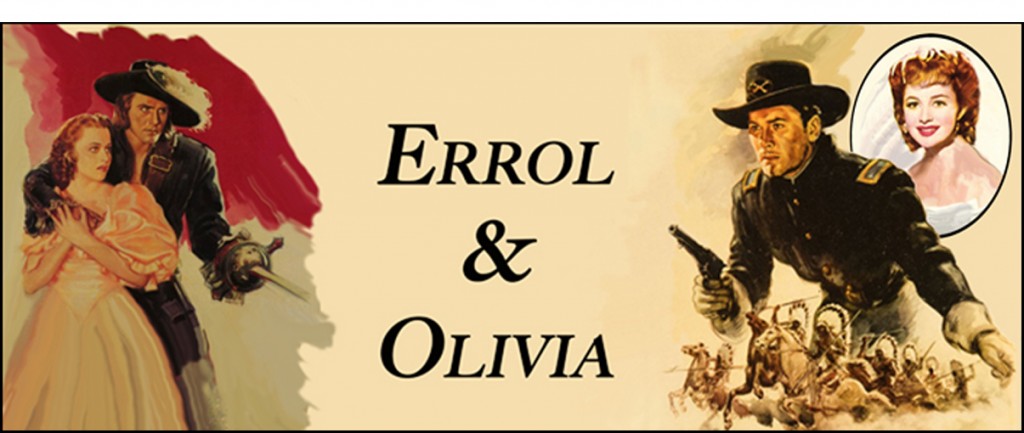 Trust me, the above by LK is a comin’.
Trust me, the above by LK is a comin’.